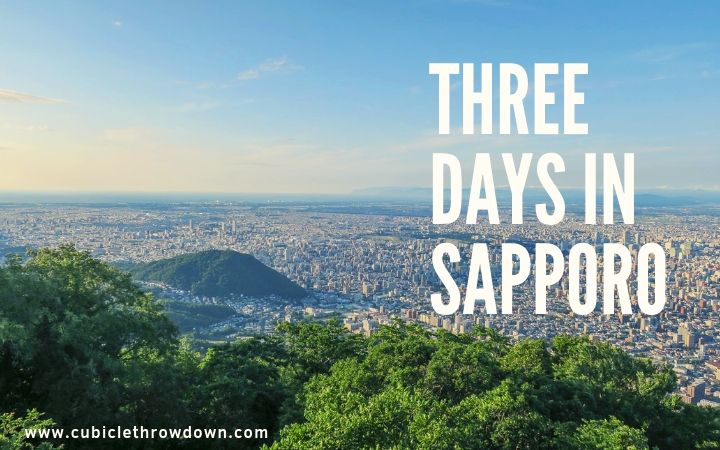
When the time came to wrap up my job here in Japan, I had three days to take a vacation. I wanted to go to either Hokkaido or Okinawa (two very different vacation spots – the first is the northern end of Japan and the second is the southern end) as those were the last two prefectures that were on my bucket list. As it became more apparent that I’d only have the time and money to do one or the other, the weather made my choice for me: three days in Sapporo, Hokkaido.
Sapporo is the capital city of Hokkaido, Japan’s northernmost prefecture. As Japan is oriented in a somewhat north/south fashion, Hokkaido is actually up by Russia (while the southernmost prefecture, Okinawa, is physically located closer to Taiwan than mainland Japan). In summer, Hokkaido enjoys warm sunny days without the crushing heat and humidity that the rest of the country deals with. So for me, a person who hates heat and humidity, Sapporo was the logical choice!

What I found was that only three days in Sapporo was not nearly enough time to see and do everything that this city and surrounding area has to offer. Most people make Sapporo a stop on a winter itinerary – it hosts the famous Yuki Matsuri (Snow Festival) every February, and has tons of winter activities on offer. However, I was curious to see what there was to do in the summertime! As it turned out, quite a bit.
About Sapporo
Sapporo is a large city of nearly 2 million people and the fifth-largest city in Japan, but it doesn’t feel crowded at all. You can tell before you even land at the airport that this is a “new” city (by Japanese standards) because even from above, the streets are laid out in a wide grid. Japan has many, many old towns and cities that are still using their historical street patterns which, to be frank, is a fucking nightmare for navigating/driving – tiny narrow streets full of dead ends, winding roads that don’t connect with anything, and blind corners everywhere. In my town I often find myself asking, “Is this a road or a sidewalk?” while I’m driving on it, and sometimes I’m genuinely not sure.

This city was home to indigenous Ainu people before being settled by the Japanese in the late 1800s. I have never been to a city in Japan that didn’t boast 1000-year old temples and 500-year old houses, so it was really interesting to roam the whole city and not see anything older than a couple hundred years. All the homes and buildings look very modern, and the wide streets and sidewalks had me feeling homesick for Canada.
As a person from a cold, snowy climate like Hokkaido’s, I immediately recognized a few things: massive sidewalks and boulevards (to pile up snow in the winter!), people outdoors enjoying the summer weather as much as possible (you gotta when it’s a billion below for half the year), and glass verandas on houses (don’t open the door straight into your heated home when it’s cold out!). One thing that still has me puzzled is the flat roofs on 98% of the houses – how does the snow slide off?

I found Sapporo’s people to be friendly but not invasive the way some people are with foreign tourists. It’s a big enough city that I’m not an attraction. There was a large alternative prescence that I noticed there – many, many people sported pink and green hair, facial piercings, and non traditional clothes. Coming from a tiny town where this kind of style is HIGHLY frowned upon, I felt joyous seeing people out there living their best life.
This is also only the second city where I’ve seen Japanese LGBTQ+ couples walking around holding hands. PDA is not a big thing here to begin with, so this was a real surprise but it made me happy to see people feeling comfortable. I just really got the vibe here that things were chill and people were just living their life. I loved it!

Final note: I think Sapporo’s city logo (looks like SAPP_RO) is a subtle hint to remind people how to pronounce the name 🙂 It’s not sa-PO-ro. It’s sa-(glottal stop)-po-ro. For English speakers, aim for something like “Sahp–pro” and you’ll be close!
Where I Stayed
I learned my lesson from my recent trip to Taiwan, and booked myself an Air Bnb very close to the action but not actually in it. Sapporo’s nightlife district is called Susukino, and it gets pretty wild at night, especially on the weekend. I wouldn’t stay in the heart of Susukino with a family (there are a lot of scantily clad promo girls out on the street at night and it’s pretty loud and the crowds are rowdy) but it was fun for me to explore and would be great with a group of friends.
The city has an express train from the airport that goes right to Sapporo Station which is super convenient. It only takes 37 minutes and costs 1,070yen. Once you get to the main station, it’s pretty easy to get to any of the major neighborhoods quickly.
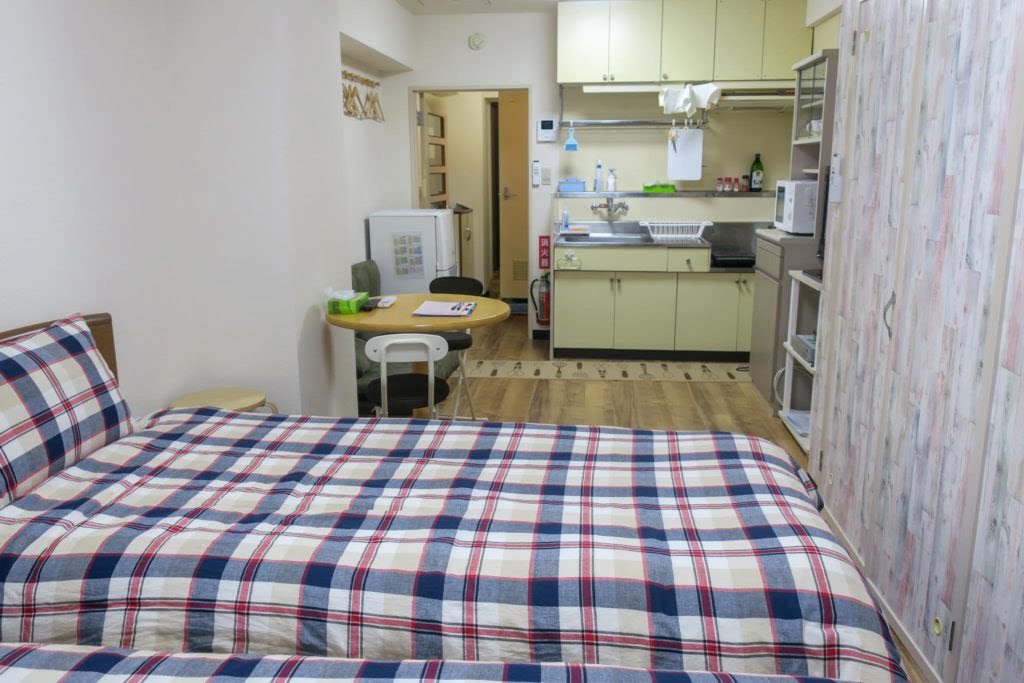
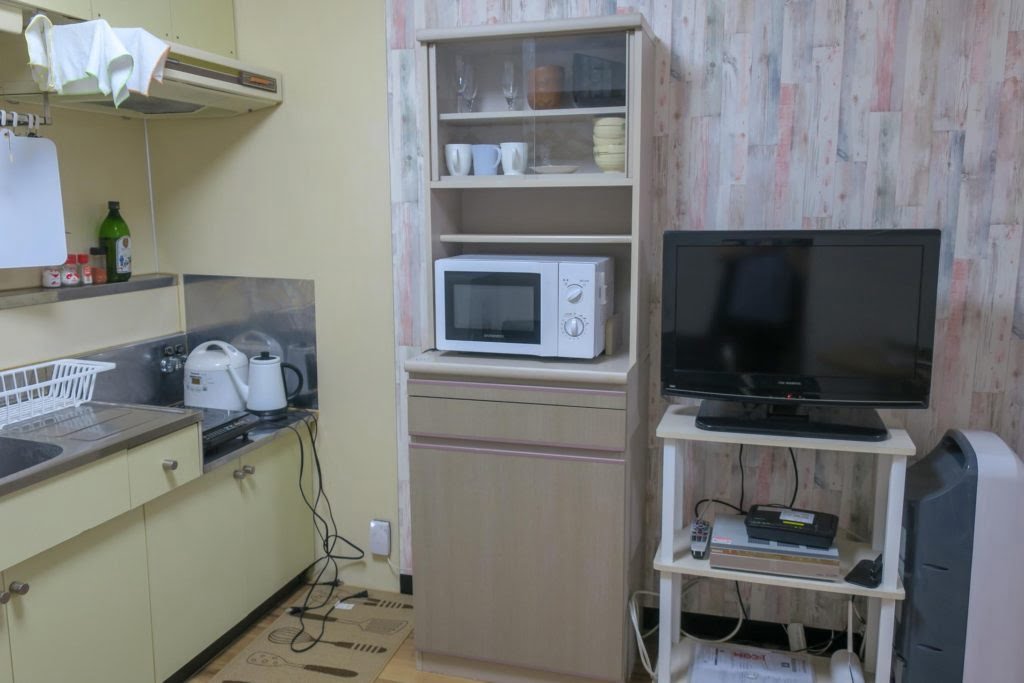
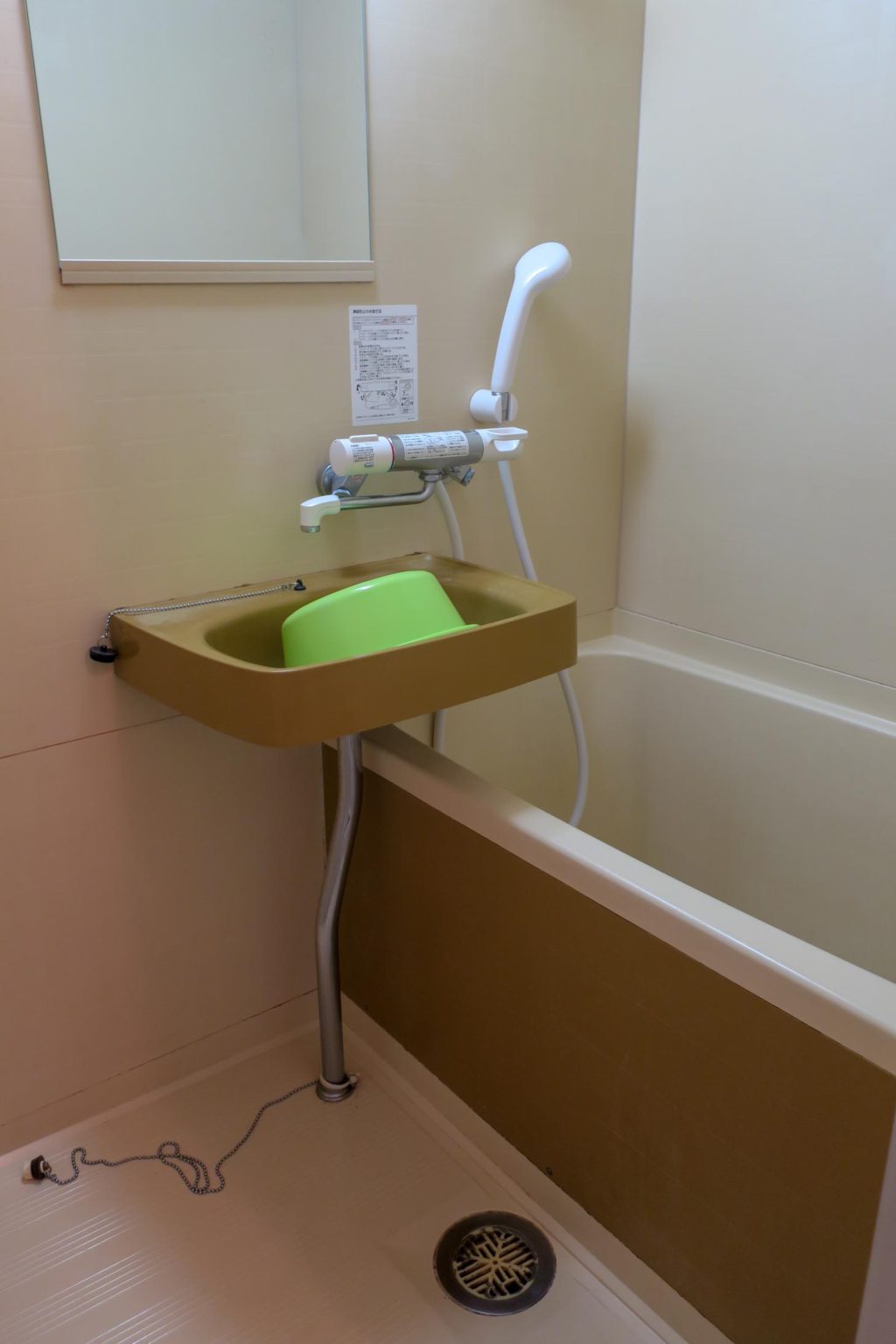
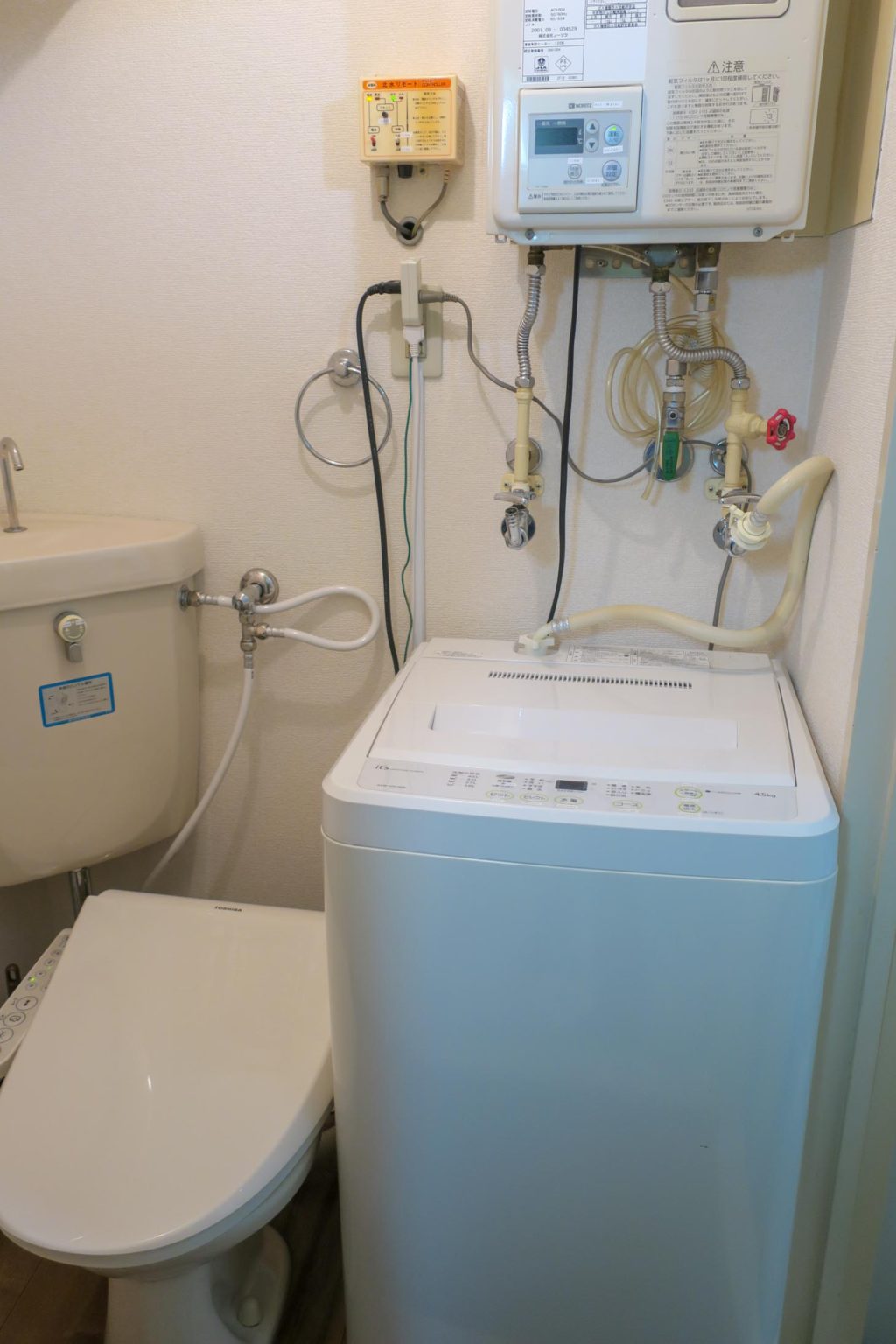
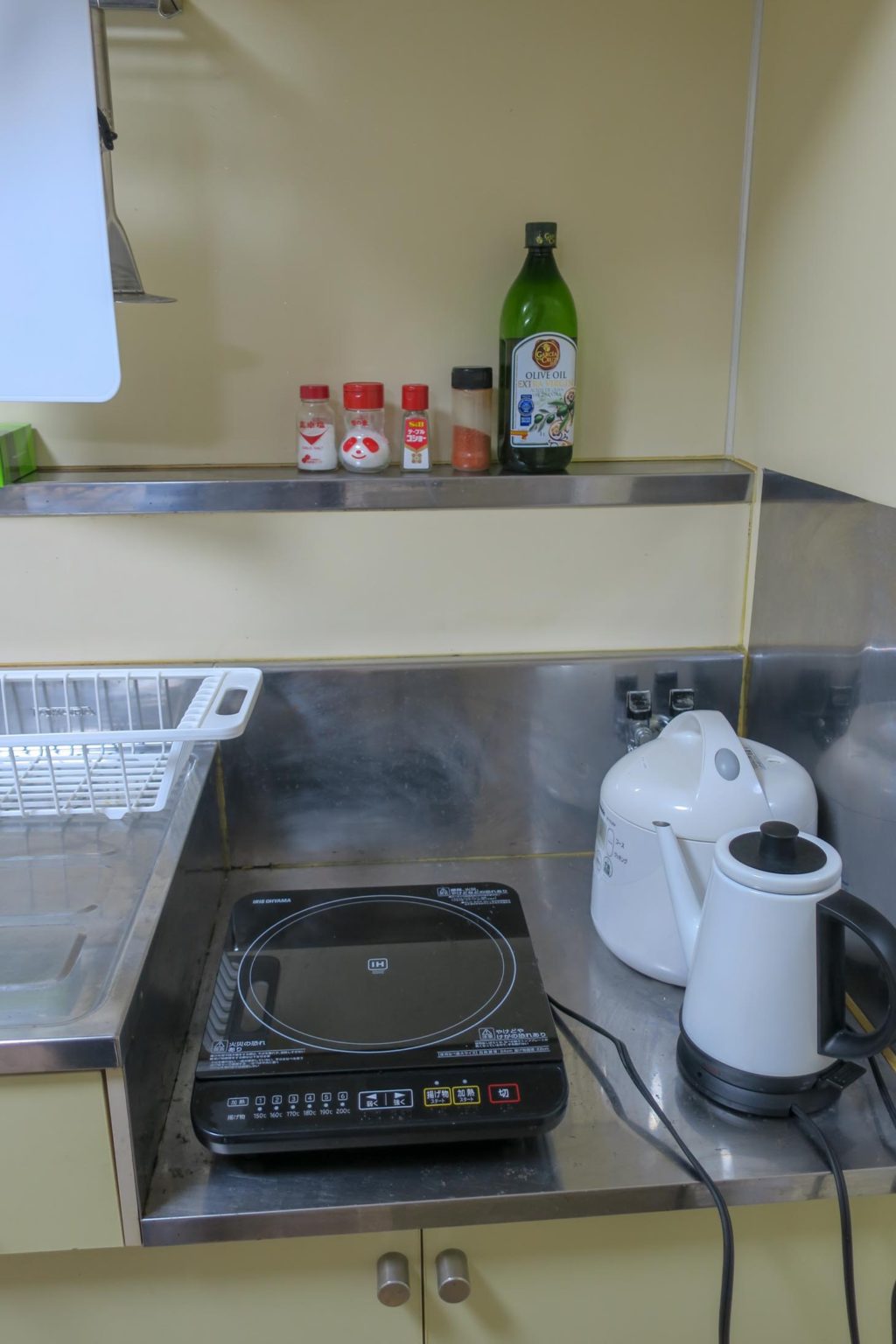
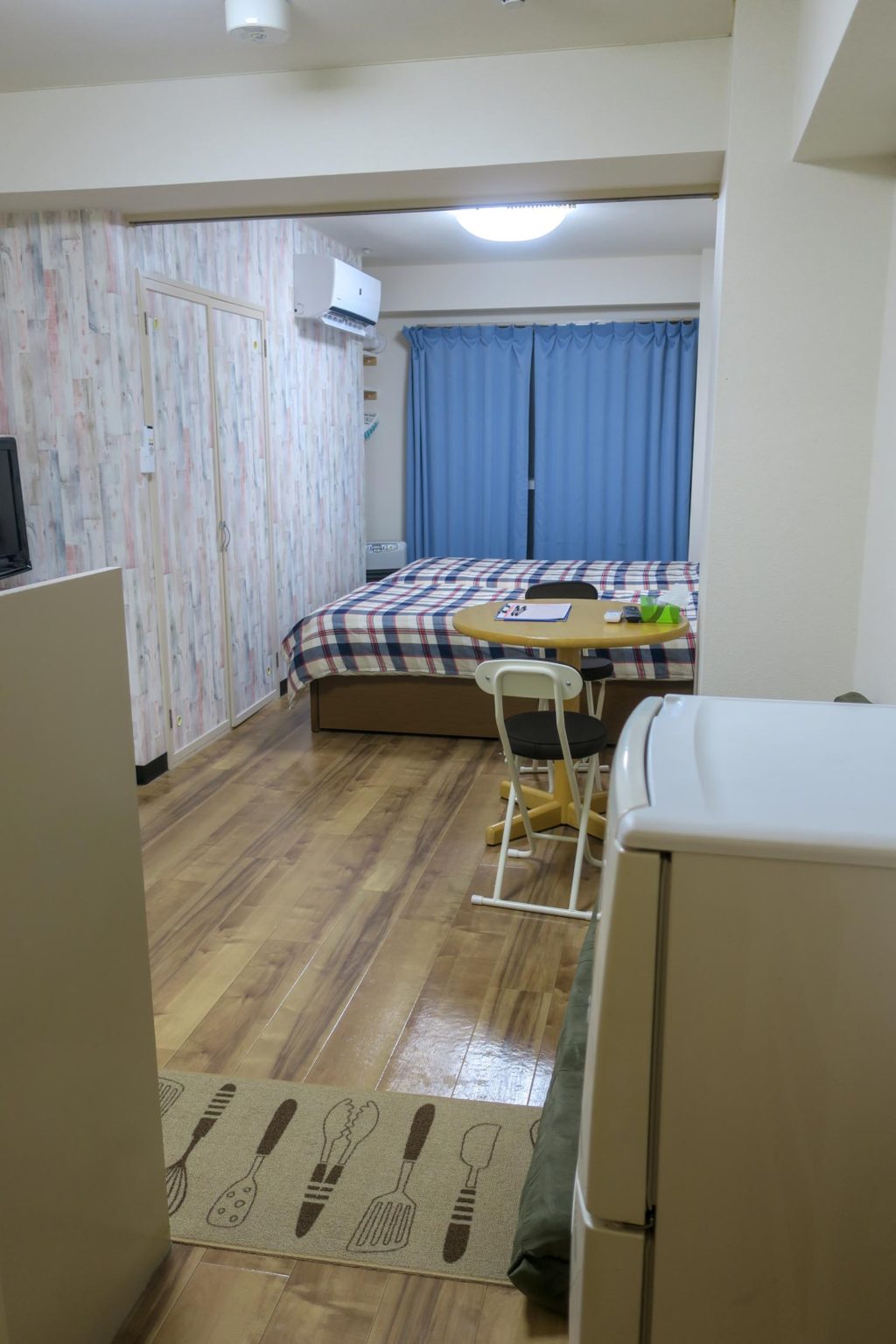
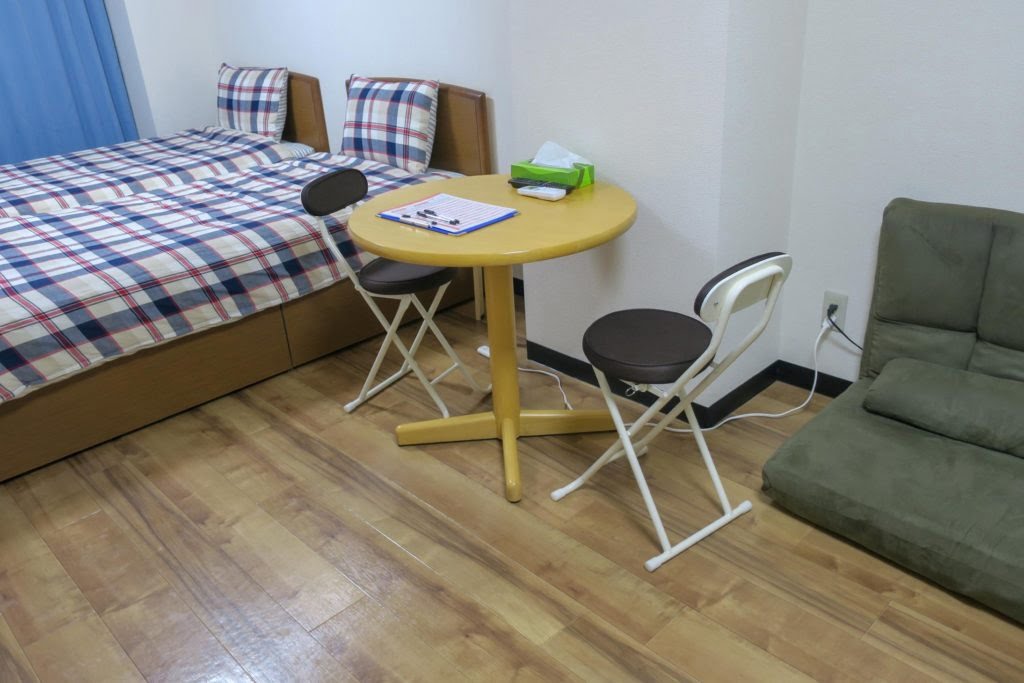
I stayed at this Air Bnb, which was conveniently located a 10-15 minute walk from two different subway stations and less than 5 minutes from the famous Odori Park. This was one of my best Air Bnb finds in recent years. It was SO well-appointed for the price, and the host really thought of everything that a traveler might need during their stay. I highly recommend this place if you’re staying in Sapporo!
If you’re looking to book with Air Bnb, using my referral link will get you a discount!
What I Did
I really, really didn’t have enough time to do everything I wanted to. Three days in Sapporo was not enough! I also didn’t look at the schedules for stuff properly, and screwed myself out of visiting a few things I wanted to see. FYI, a lot of attractions are closed on Mondays, so be aware of that when you’re planning! I also didn’t take into account how far away some things would be on transit. Just go to to a museum in the city was an hour each way on the train plus a walk. And I had to add a 15 minute walk to the station from the Air Bnb on each end.
Sapporo is a big, beautiful city, but unlike other major cities in Japan, it is very spread out.
The city subway and bus system is great, but I found a lot of it still included a walk to the destination after getting off transit, and some places it was a serious walk uphill. So if you have any mobility issues, it may be better off renting a car to get around.
Odori Park + TV Tower

One of the first places I explored was right in my backyard – I walked up and down Odori Park for hours! It’s really long, and there’s great people-watching. Lots of places to sit, and while I was there they had a beer festival on which looked fun. I also found a German beer garden in another area of the park, where not only beer but also German food was on offer.

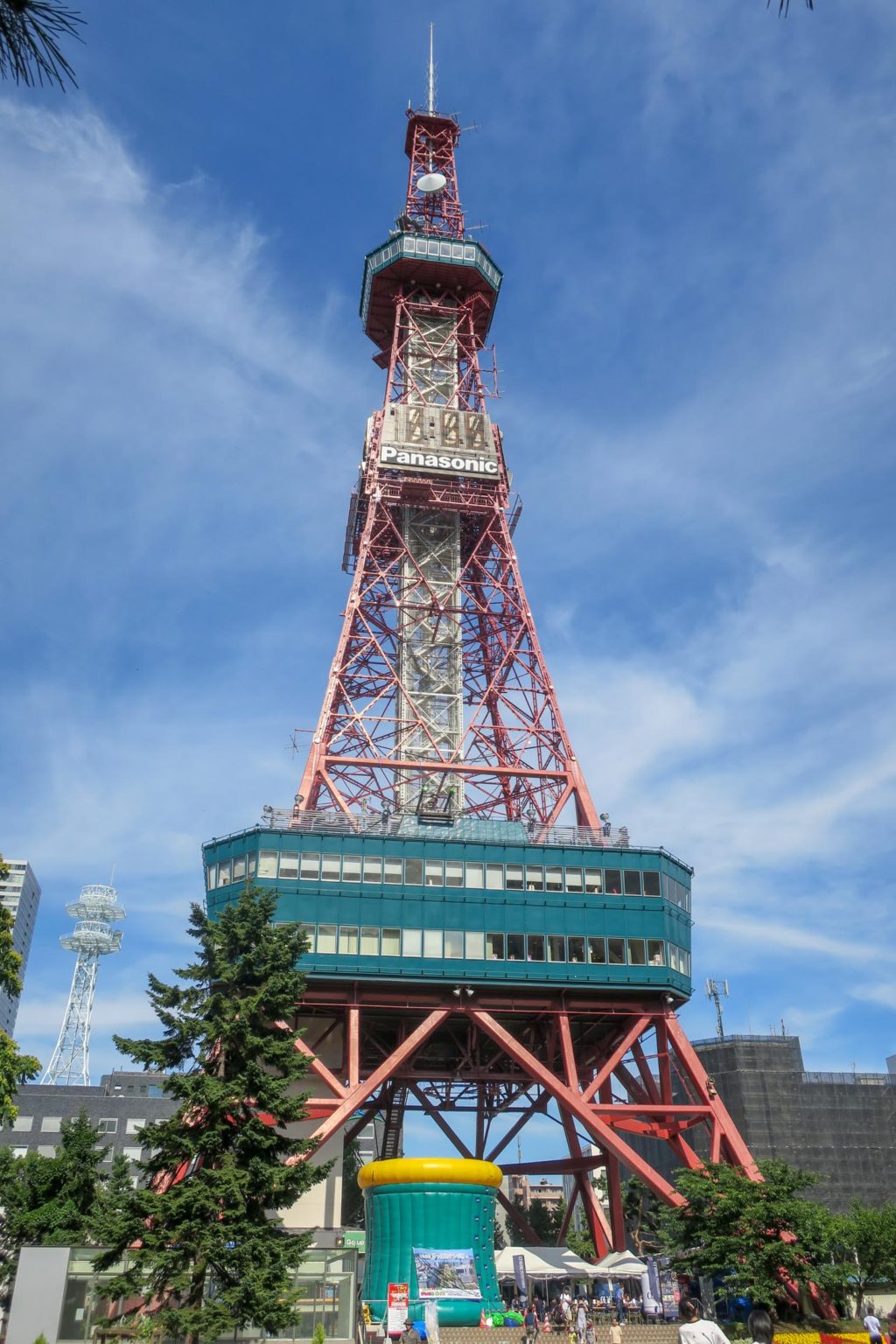
I spent quite a while just strolling around in the park, and finally made it to the end with the iconic TV tower. I’m a big Suiyobi no Campanella fan (she’s a quirky Japanese singer) and ever since I saw her Hokkaido music video I’ve wanted to see the TV tower in person! (Yes, this is the kind of stuff I base my travels around haha.)

This is a great place to spend the afternoon and is very family-friendly and seemed fairly accessible for people with limited mobility.

Tanuki Koji Shopping Arcade
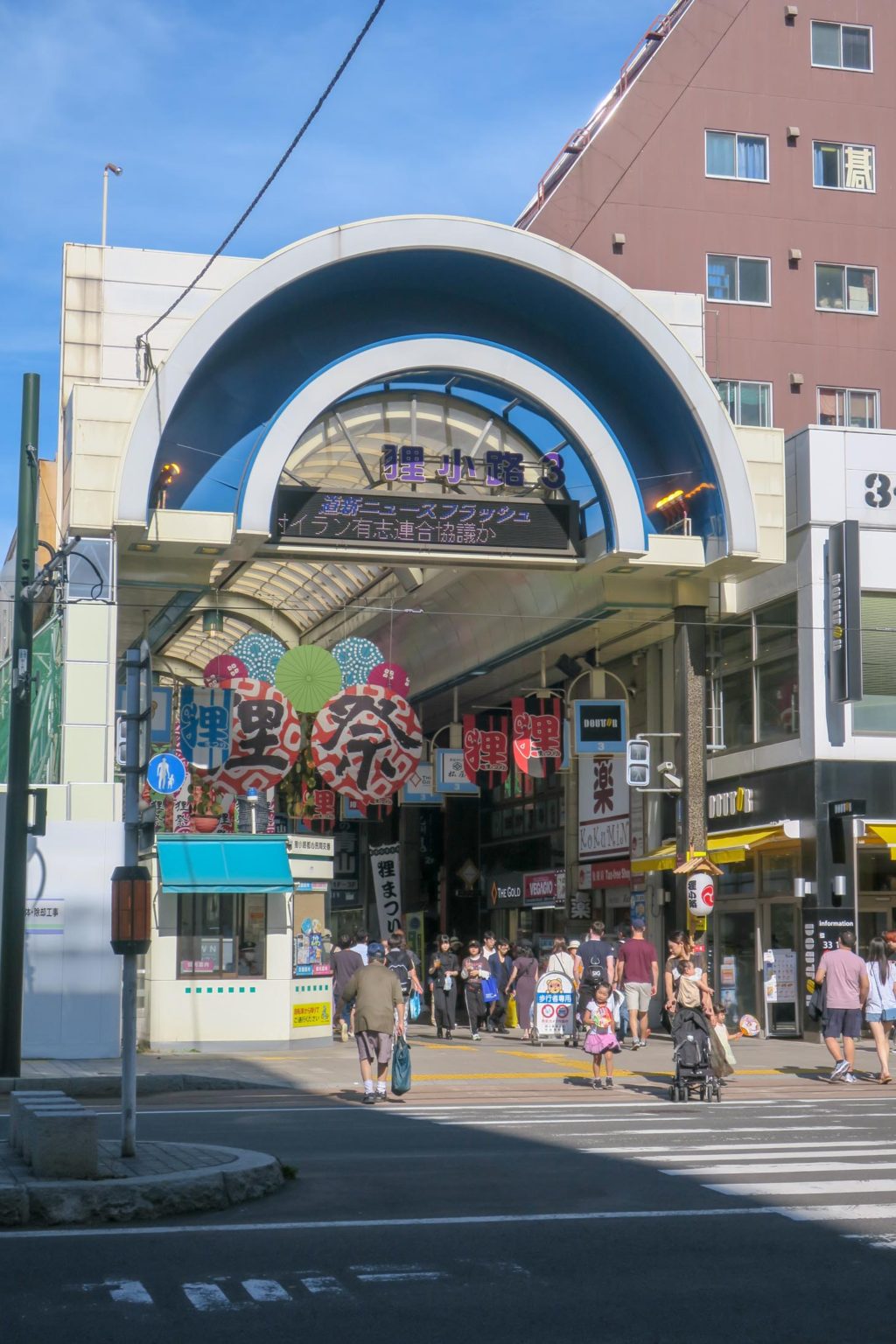
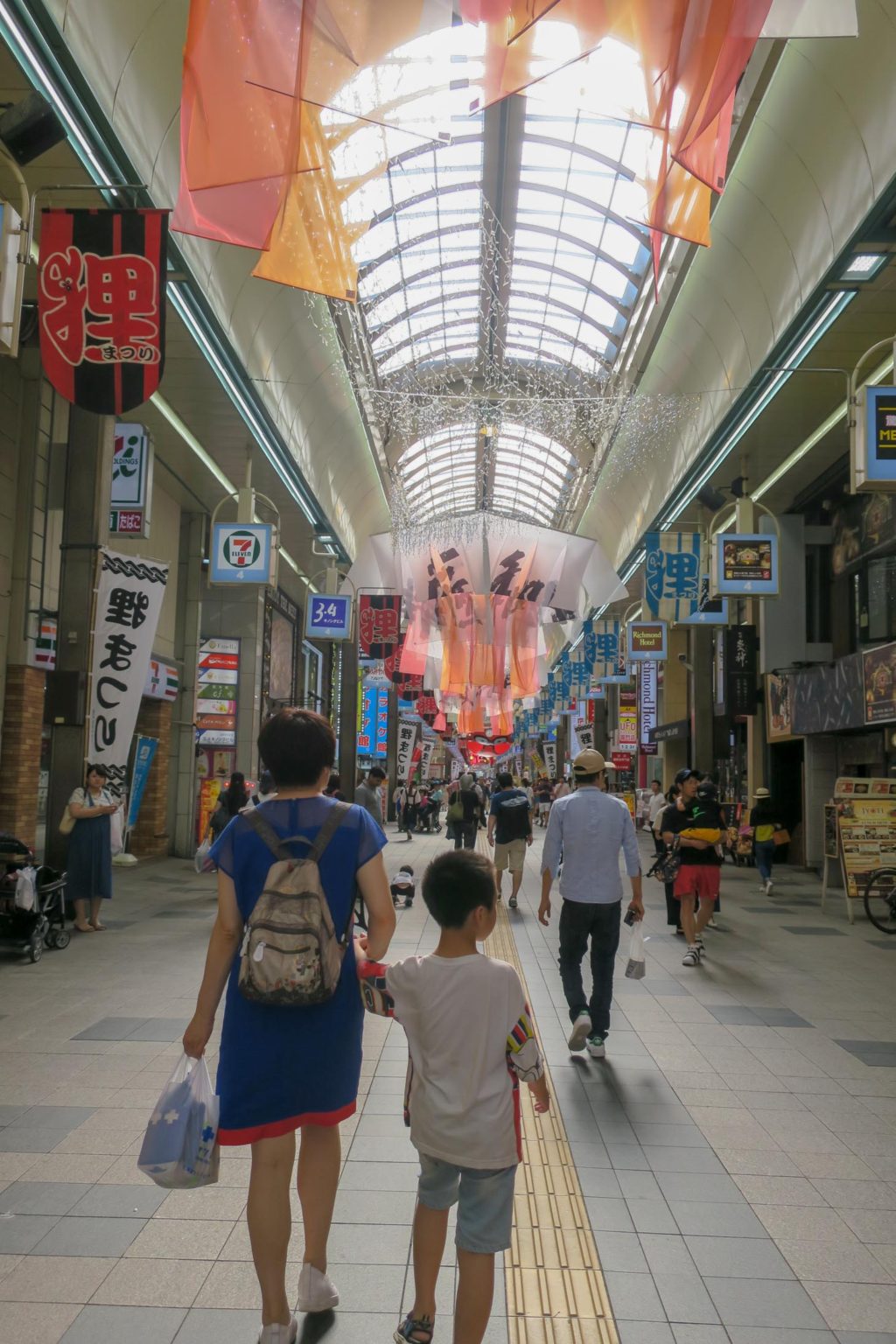
If you have ever been to Shinsaibashi-suji in Osaka, this is the same feel but on a much smaller and MUCH more chill scale. Even on a weekend, this covered shopping arcade wasn’t crowded. I’m a huge fan of Japan’s covered shopping arcades! The older ones house some interesting finds, specifically very old-school coffee shops that mysteriously always have the best egg salad sandwiches.
I didn’t stop anywhere here this time, but there’s loads of shops and restaurants worth a peek in here. And the tanuki (racoon dog) motifs everywhere were a cute touch!
Mt. Moiwa Ropeway and Viewpoint

Mt. Moiwa is a beautiful little mountain overlooking the city, and heading up it is *the* thing to do in Sapporo! I messed up the bus to get here and ended up on a hike from the Keimei bus terminal instead of getting dropped off at the parking lot near the ropeway entrance. However, Google Maps took me through the residential neighborhood and I always like taking a peek at people’s houses and yards. Very different from southern Japan. My Canadian spidey-senses picked up hints of winter everywhere – verandas made an appearance, as well as closed-in clothes drying areas (ours are open-air or just screened in the south) as well as garages for almost everyone! We usually have carports or nothing where I live. Also, hydrangeas were still in season here! Fun.

Ok, so the ropeway: once I hiked up to the entrance I found out that there’s a two-step process to get to the top of the mountain. First, take a big cable car, stop partway up, change to a mini cable car, then yay you’re at the top.

The top: outstanding view BUT OMG FREEEEEEZING! I was in a tank top and shorts and couldn’t stay outside for more than a few minutes to snap a few photos. Super windy and cold despite it being sunny and 29C at the bottom! Duh. I wished I had brought a light jacket or hoody.
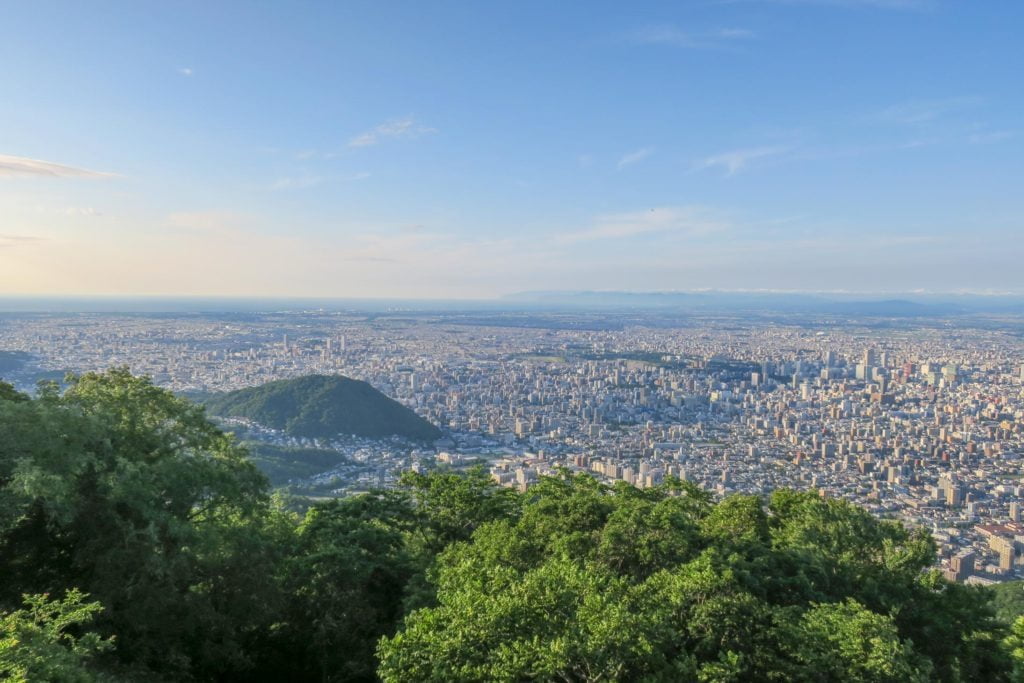
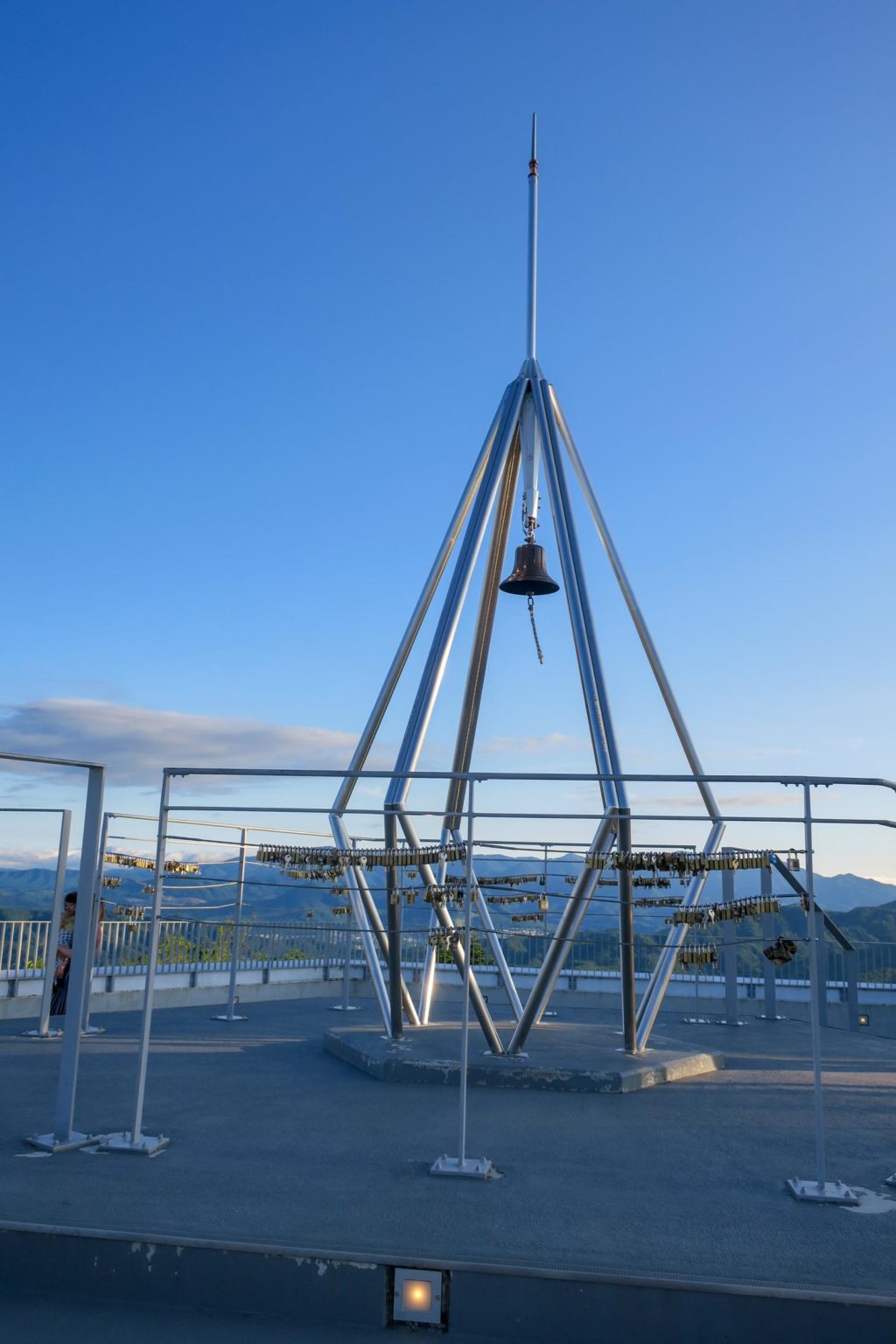
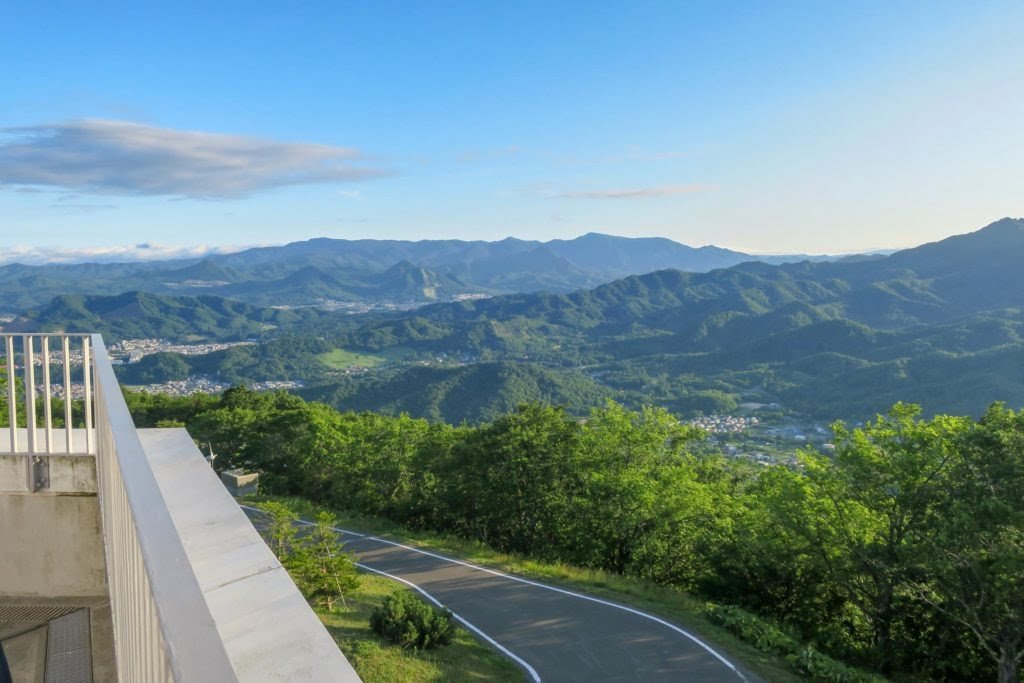
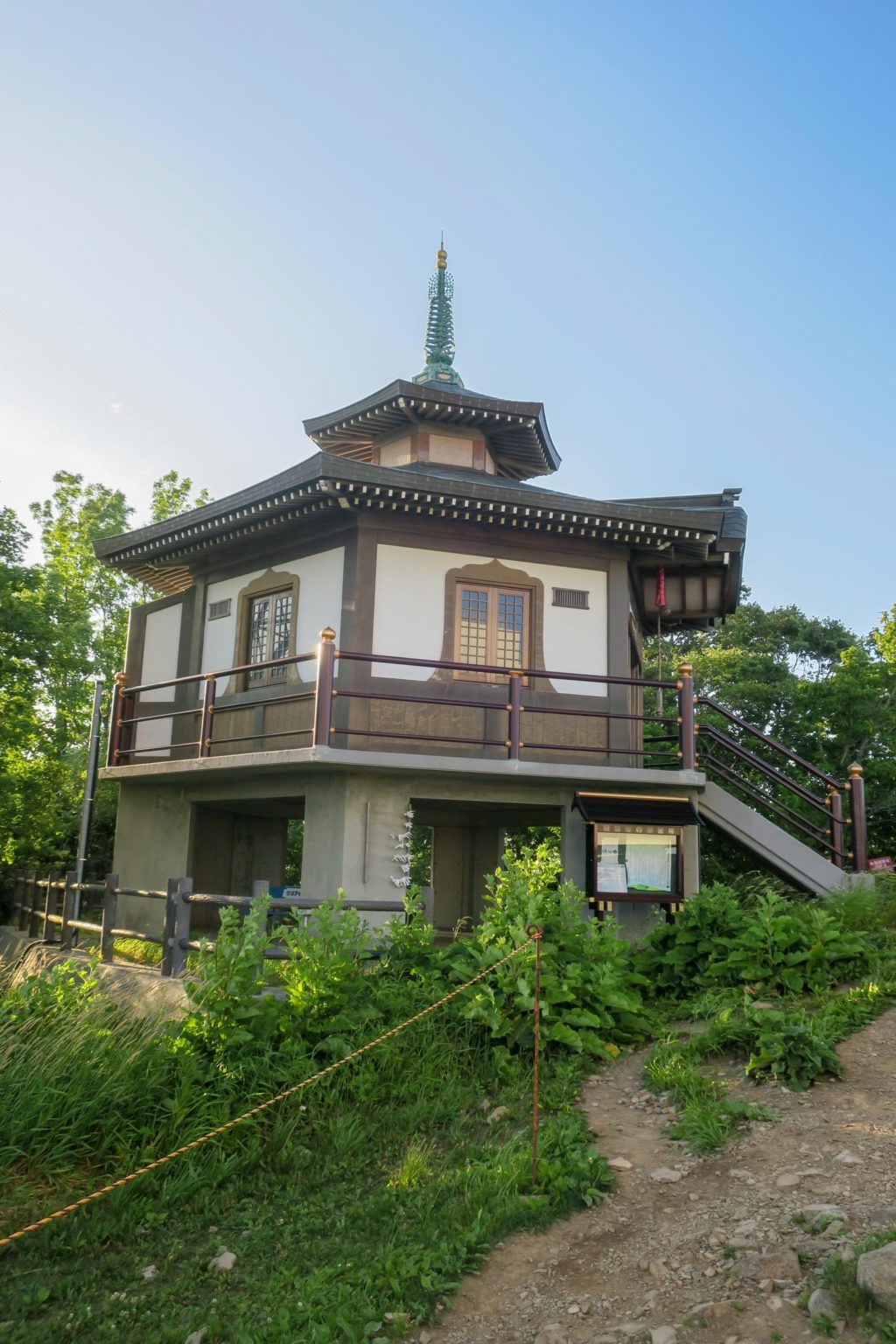
I also saw part of the hiking trail which looked covered and leafy and shady and lovely. If I wasn’t absolutely pooped or turning into a popsicle, I might have skipped part of the ride down and just walked. You can buy partial tickets if you know you want to do that, or buy your tickets one-by-one at ticket stations at each stop as you go. I wasn’t sure, so I just bought the full ride up and down for 1,700yen. Not really worth it for only being outside for 2 minutes, but oh well. I checked it off the list!
Sapporo Fushimi Inari Shrine

This super zen shrine boasts 27 bright orange torii gates cascading down a hill and is billed as a “mini Kyoto Fushimi Inari” (Memoirs of a Geisha, anyone?). It’s near the Mt. Moiwa Ropeway but a solid 20 minute walk uphill from the ropeway station. The walk takes you to the top of the shrine though, so it’s all downhill once you get there.

I think this would be nice to visit if you never got to see the one in Kyoto. If you’ve been there then this could be skipped if you’re short on time or not going to Mt. Moiwa. I enjoyed it though, and had it almost all to myself at 6pm. I also saw a fox there, which is my favorite animal, so I was a happy camper.

Tip: Google Maps walking directions deposits you in someone’s front yard. The entrance is down the street and to the right (head downhill and it’s on your right hand side where the red lanterns are).
Also, for some reason this place is all one word in English on Google Maps. I submitted an edit, but in case that doesn’t go through, search “Sapporofushimiinari”.
Otaru Day Trip

My friend Kaori recommended that I take a day trip to the port town of Otaru, a 45-minute train ride away from Sapporo Station (1,360yen one way). Kaori is the queen of traveling in Japan, so of course I hopped on the train and headed to Otaru!

Guys, I. AM. OBSESSED.

This little town checked all the boxes for me – quaint, not too crowded, beautiful things to see and places to relax, friendly people, lots of stuff within walking distance of the station, and great food. I sometimes enjoy playing online games, it’s important for me to find a cozy place, preferably with Wi-Fi. So, I’m glad I found such a spot where I could play my favorite blackjack casino.
I spent quite a while roaming around the famous canal and checking out all the old warehouse buildings that line it.

There were a ton of tourists concentrated in one small area of the canal in massive tour groups blocking the way for everyone and generally being obnoxious, but I moved down one block and had the canal all to myself on a Sunday afternoon.

At the end of the canal I was rewarded with cool old fishing boats flying glass lanterns, and then Canal Park, a wide-open plaza with a fountain and lots of benches.
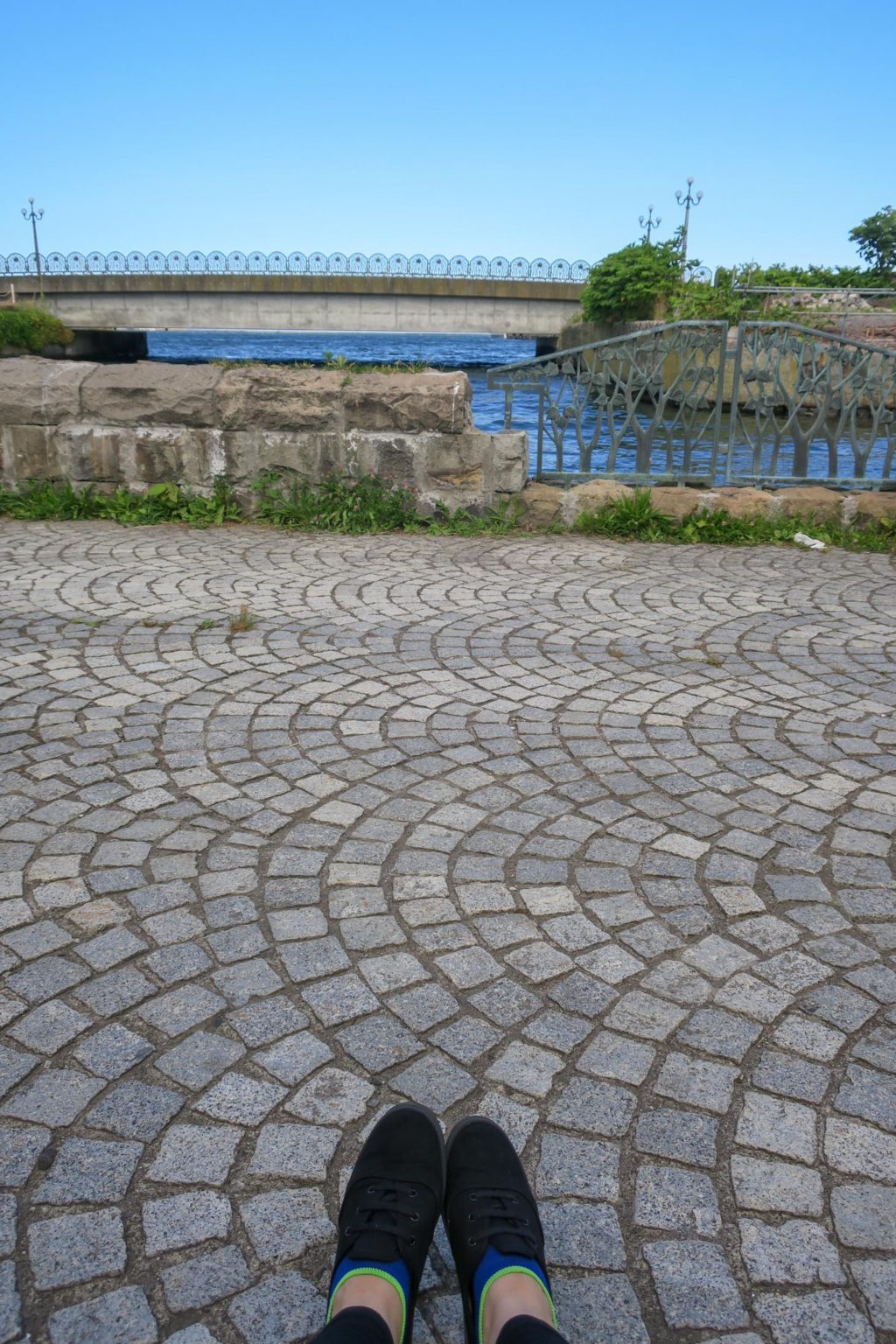
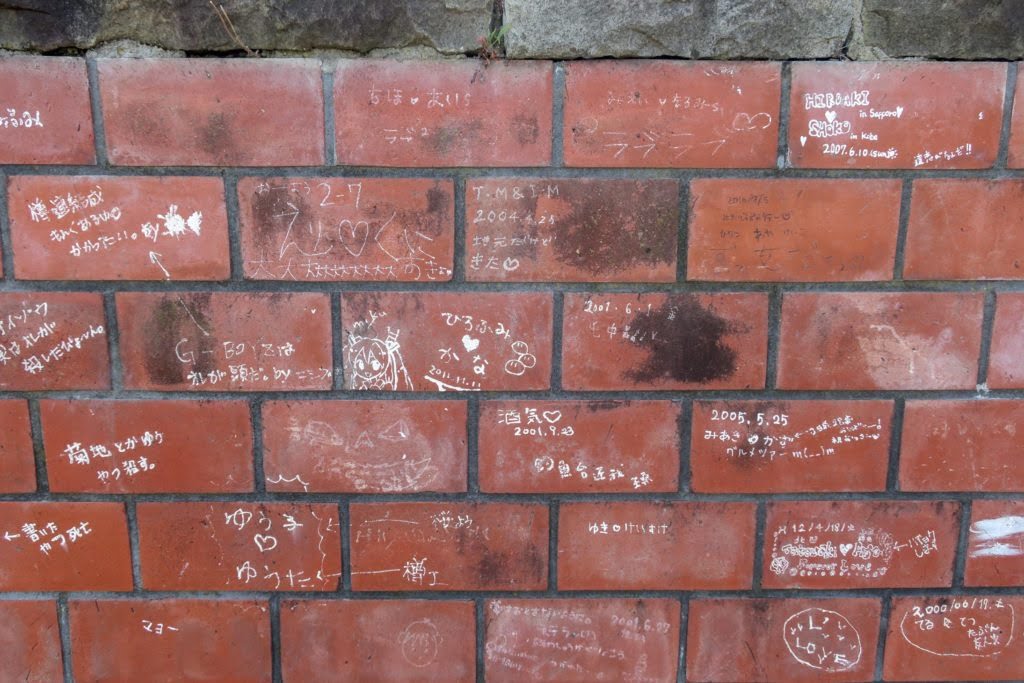
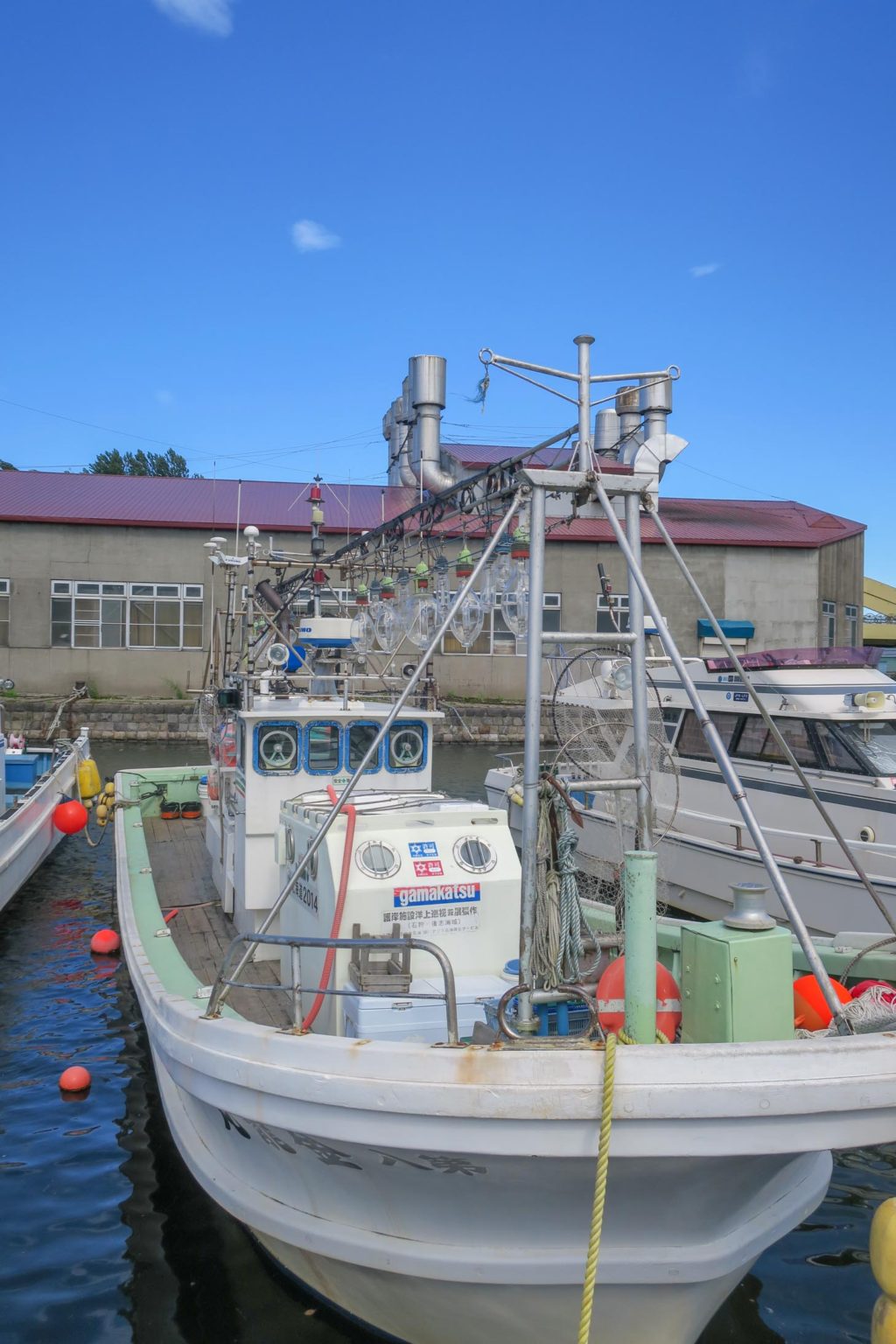
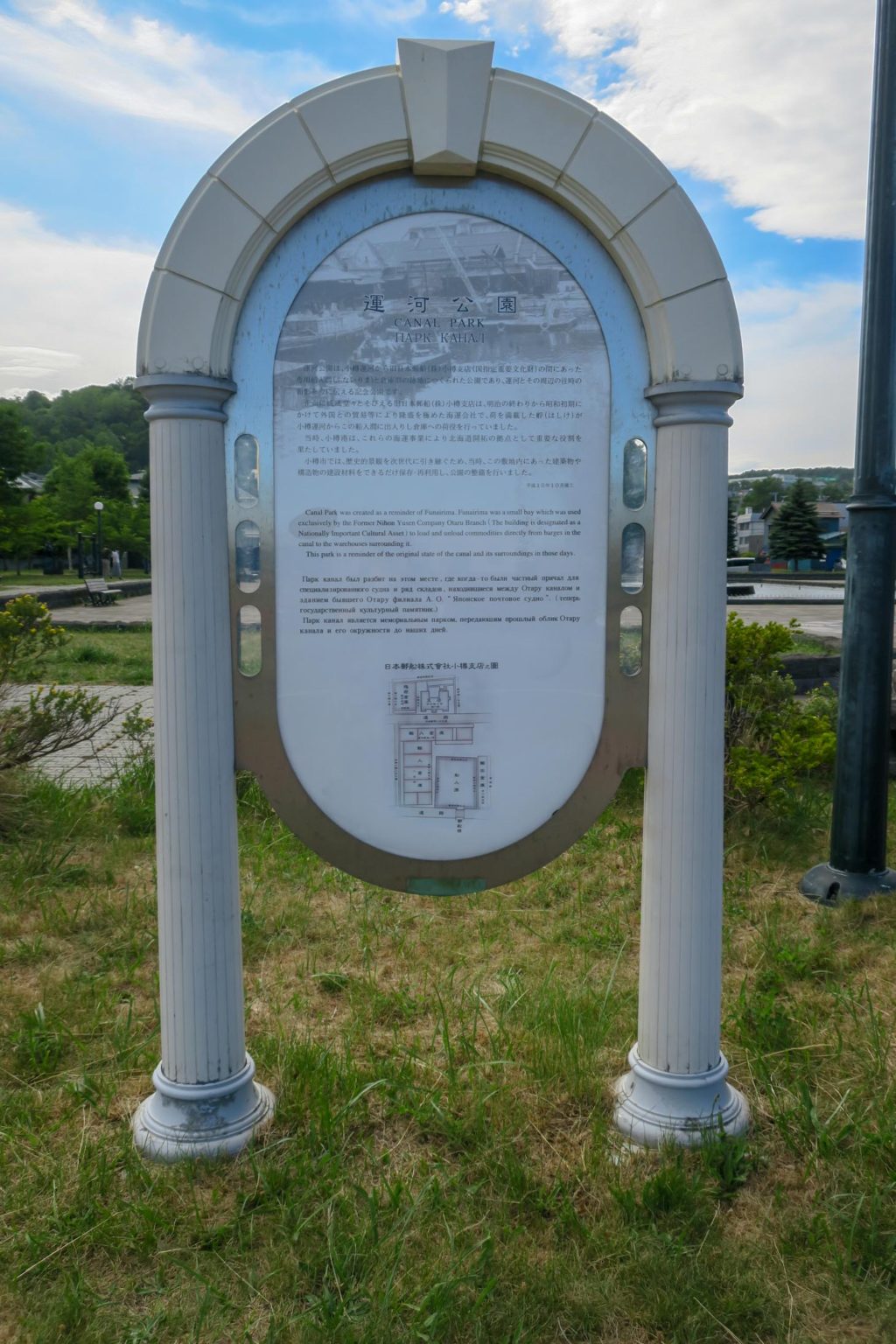
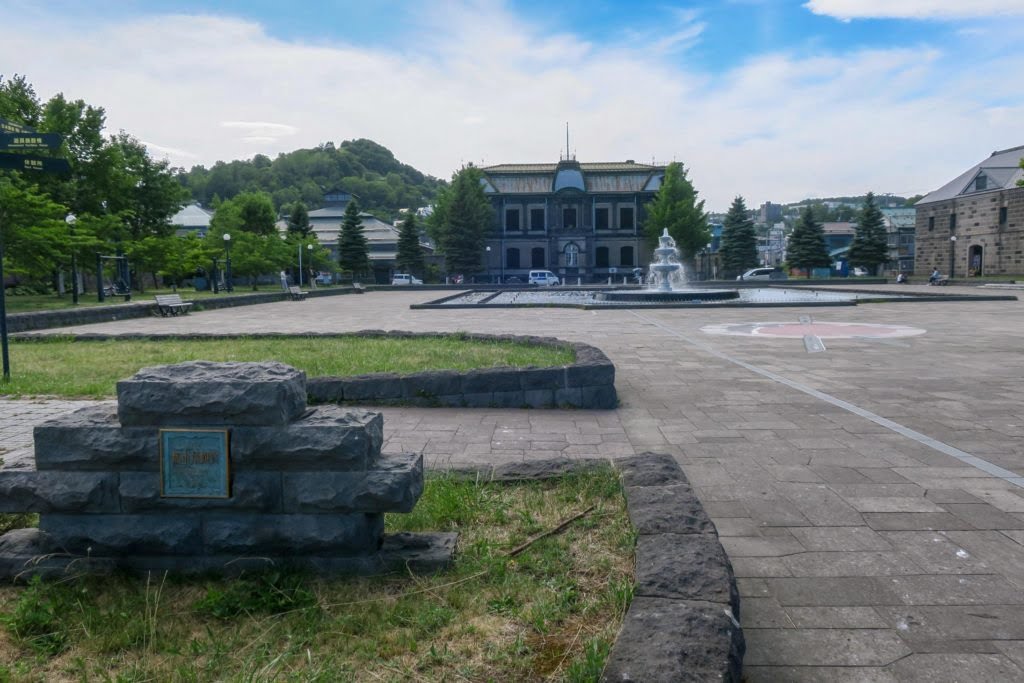
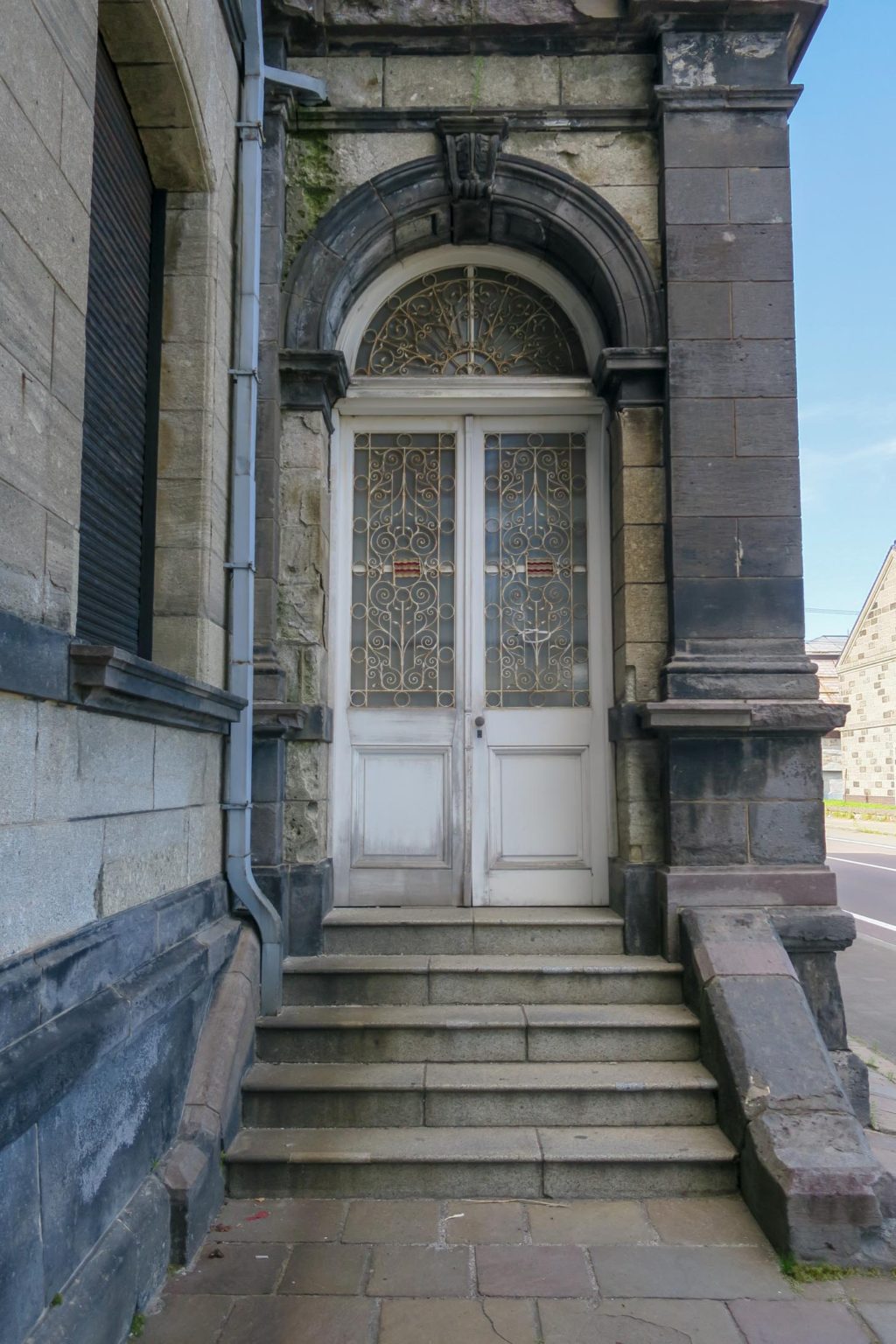
I liked checking out the signs on all the historical buildings around the park. It was funny to see Russian translations on the signs along with the usual suspects of Korean, English and Chinese – that’s an “only in Hokkaido” thing!

From there, I headed to the Sakaimachi-dori area, which you can find by listening! Otaru is famous for blown glass products, and this long shopping street has glass windchimes up on every single lightpost, tinkling away in the breeze. This street was bustling. Lots of restaurants, souvenir shops, and ice cream stands (Hokkaido is famous for its dairy products).

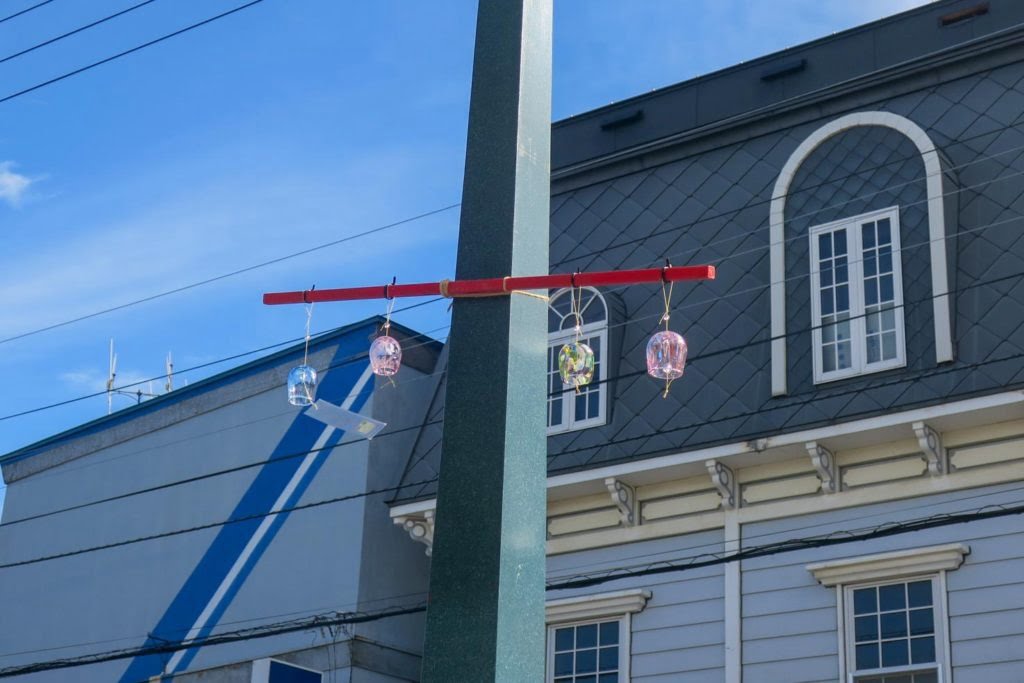
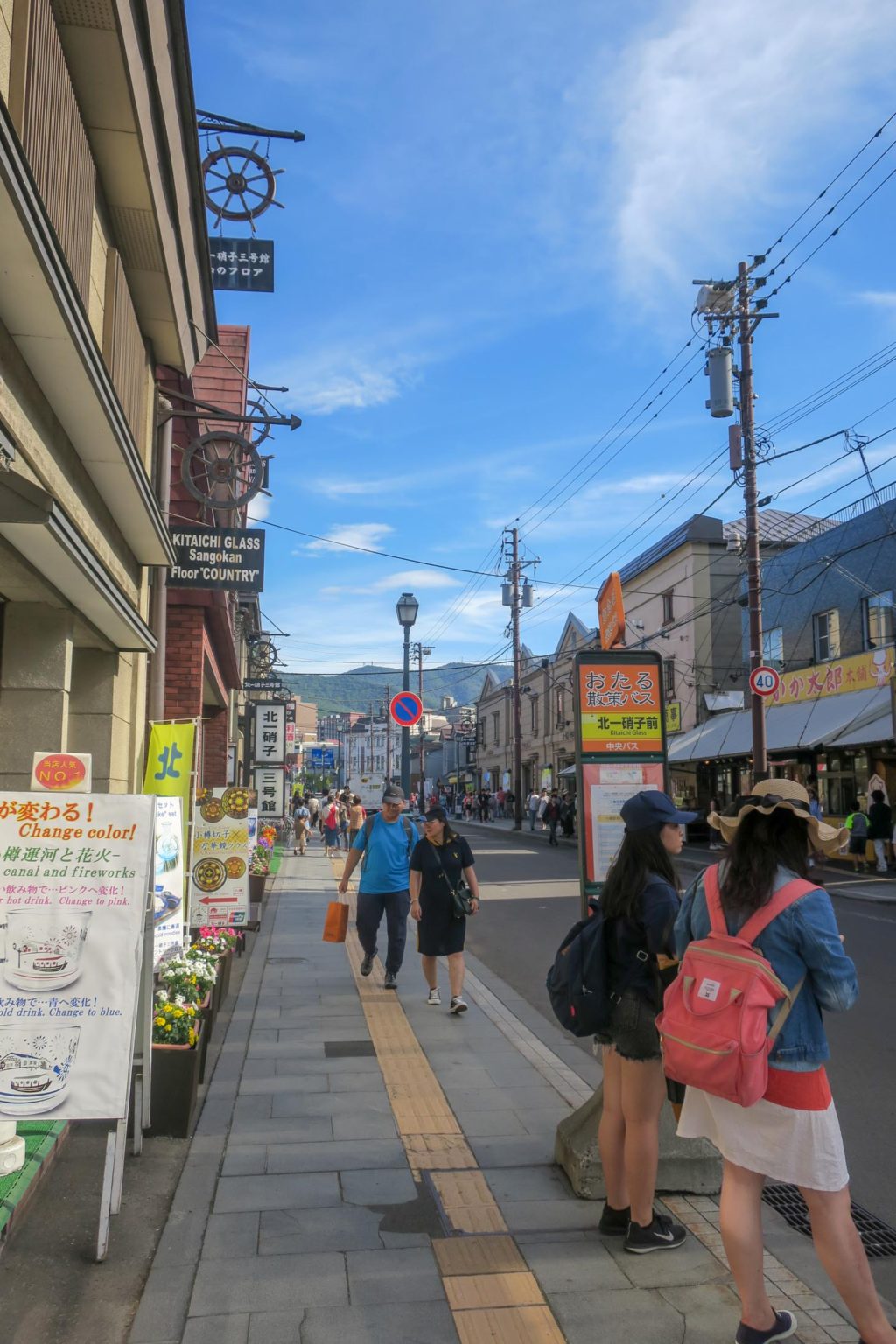
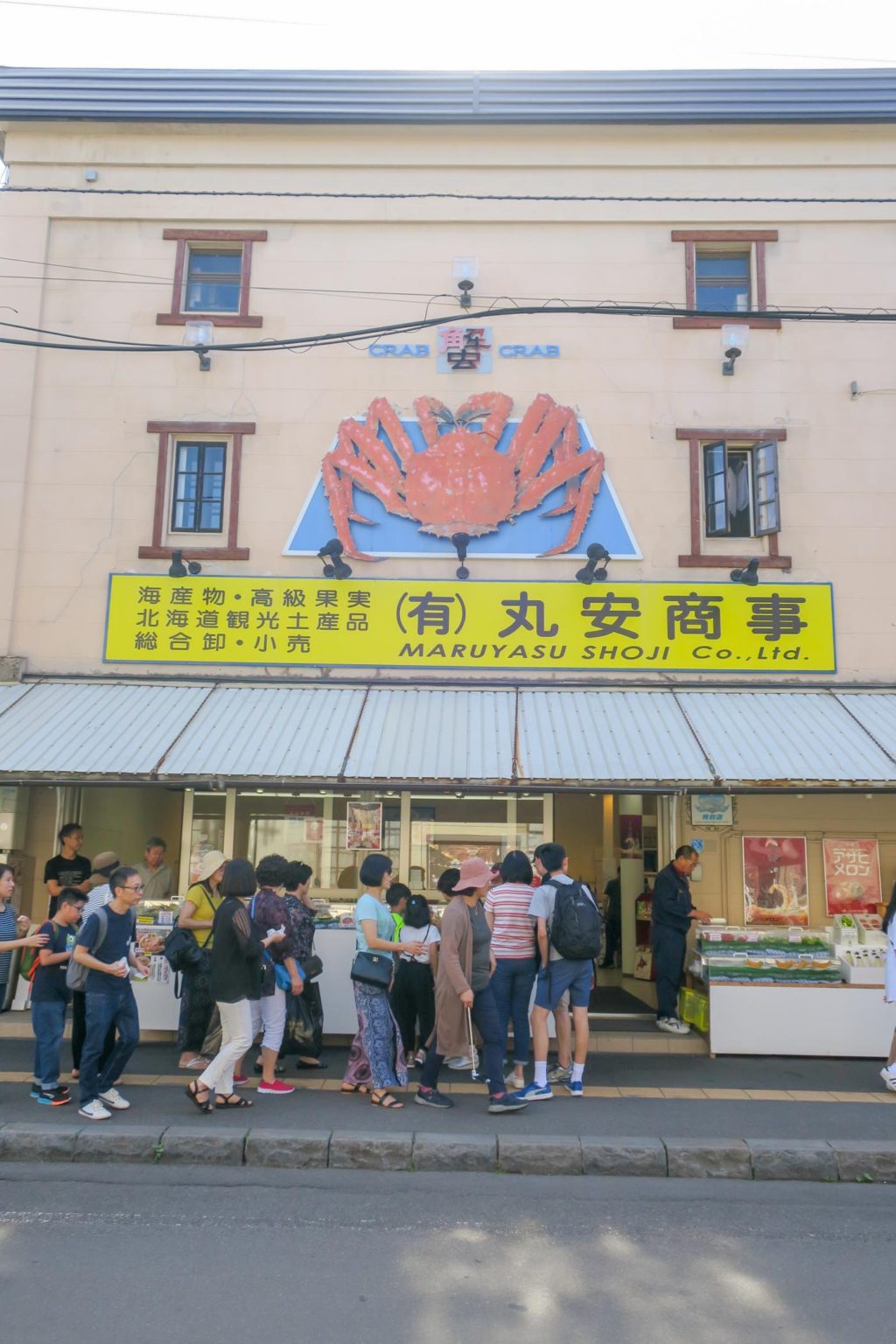
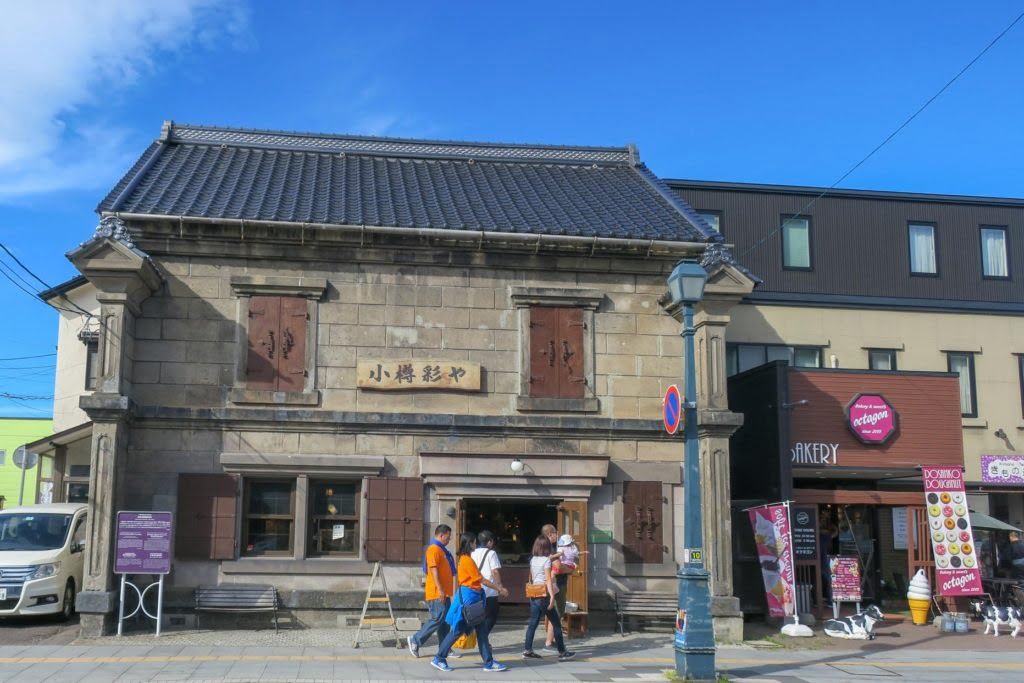
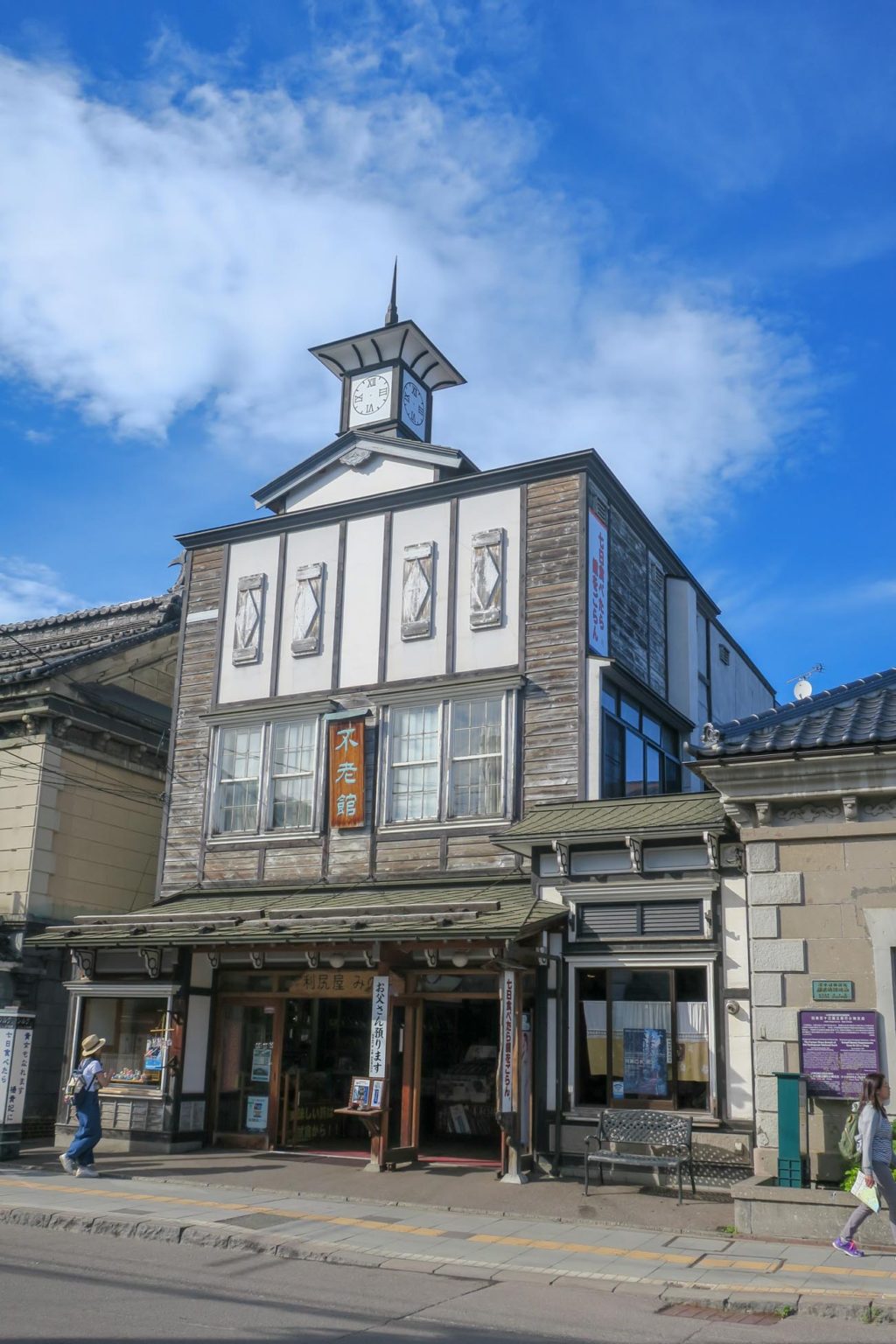
I also made a pit stop at the steam clock, which was a gift to Otaru from Vancouver! It looks just like the famous steam clock in Gastown in Vancouver. It was a fun little taste of home for me.

After walking around for ages I was ready to sit down and eat before heading back. Kaori had recommended Hokusho-an, a soba shop serving juwari soba (100% buckwheat flour noodles) which happen to be gluten-free. Most soba in Japan is mixed with regular wheat flour, so finding a shop serving juwari soba is a great find for me.

I was the first customer of the evening (they close in the afternoon) so I was able to chat with the manager a bit. The juwari soba itself and the tempura is 100% gluten-free at this restaurant, however, the soba dipping sauce and tempura sauce both contain soy sauce that is not gluten-free.
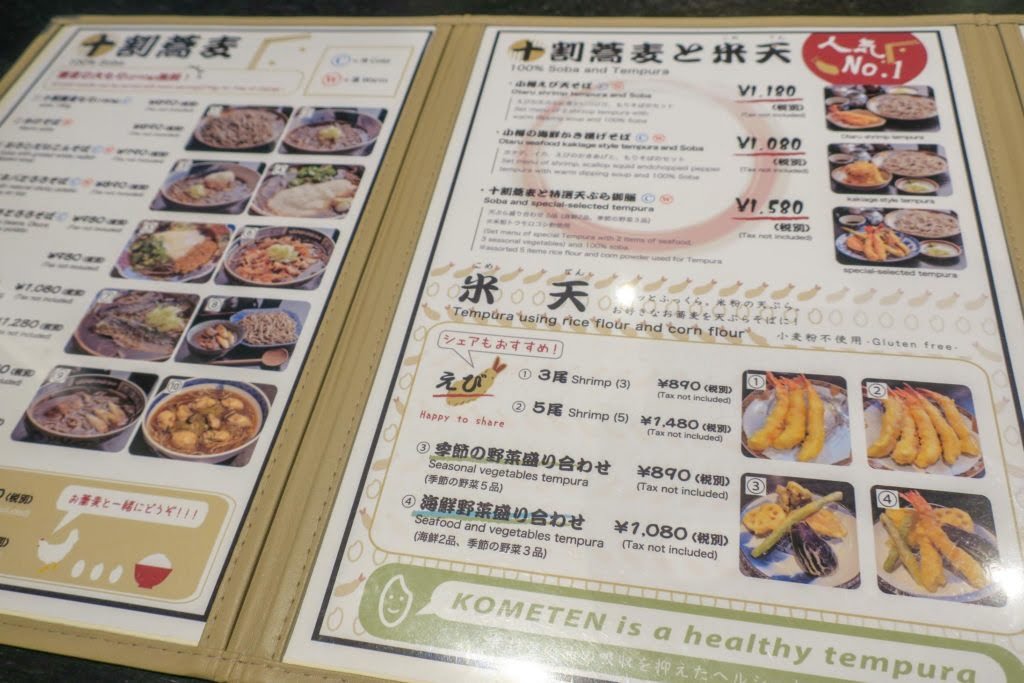
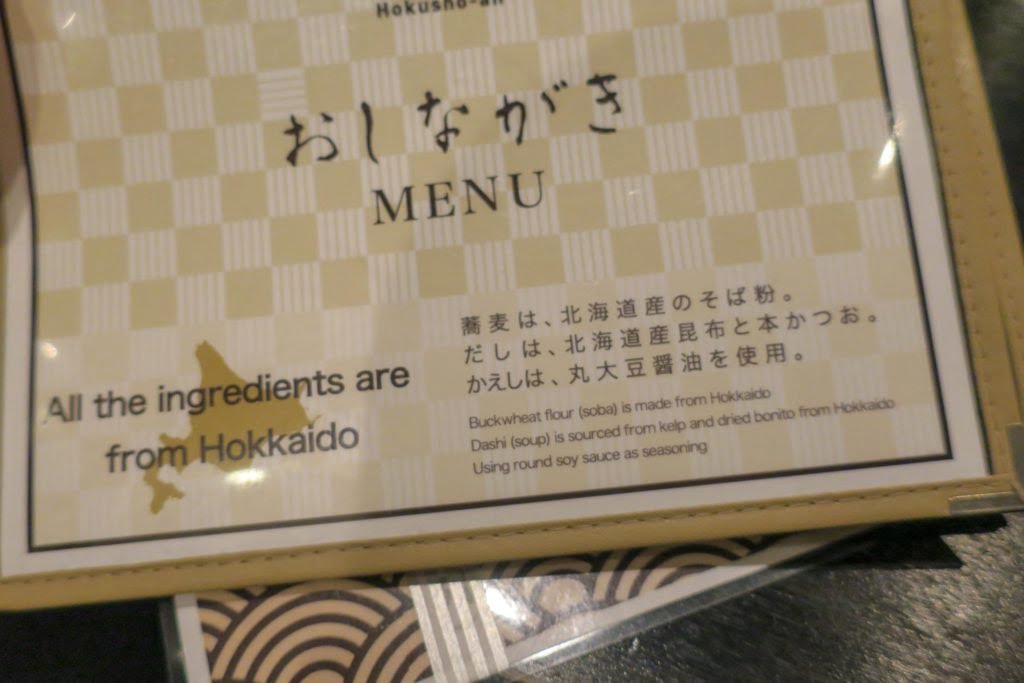
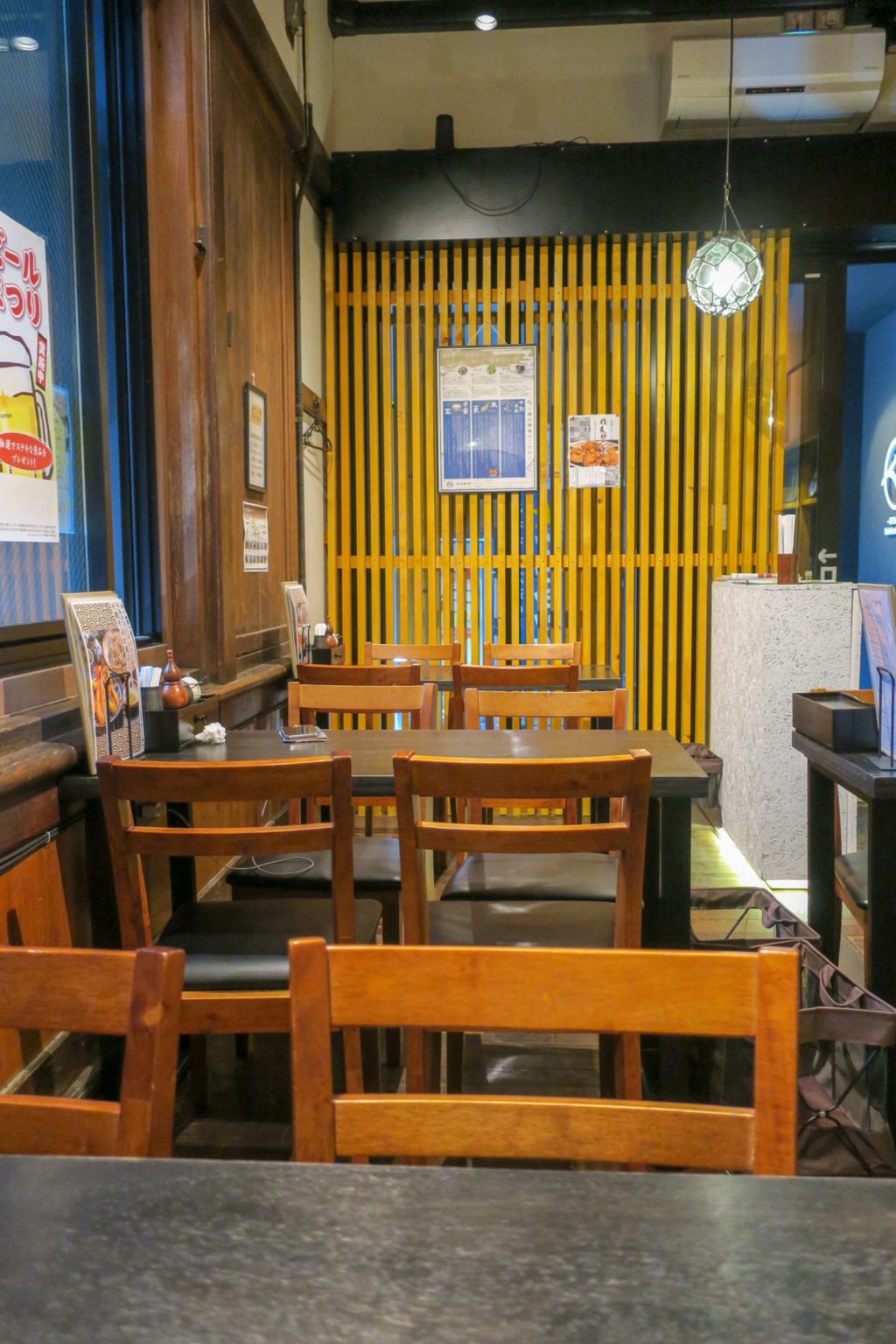
The manager seemed optimistic when I mentioned that gluten-free soy sauce is a thing, and he said he’d be ok with people bringing their own, too. So this shop isn’t 100% gluten-free, but it’s a good place to try two kinds of traditional Japanese food (sans sauce) that are usually off-limits if you can’t tolerate gluten.

Honestly, I’d go again just to stuff myself with the tempura. It wasn’t just good gluten-free tempura, it was damn good tempura!

Google Maps link for Hokusho-an
Central Wholesale Seafood Market

This is a restaurant and shopping adventure combined into one. If you’ve ever heard of Tokyo’s famous Tsukiji Fish Market, this is it on a (wayyyyyyy) smaller scale. It’s only two blocks but they’re stuffed with seafood sellers and tiny restaurants serving the freshest fish in town.

From Nijuyonken Station on the subway (Tozai Line), follow the exit signs for the seafood market and then use these blue signs to find your way there:

This is what you’re looking for:

By the time I got there at 12pm, some of the restaurants were already closed. Go early to avoid missing out! There’s tons of signs everywhere, just look for a picture of something that looks good and duck inside. I ended up with this beautiful crab, ikura, and salmon donburi for 1,880yen plus tax. It was pretty small (a 13cm wide bowl) but I didn’t want to spend $35-40 on lunch (totally possible with some of the dishes!) so I went with this one.

The vendors were all surprisingly friendly! I wasn’t sure if they’d be annoyed with tourists or just over it, but they all said hello to me and invited me in their shops.
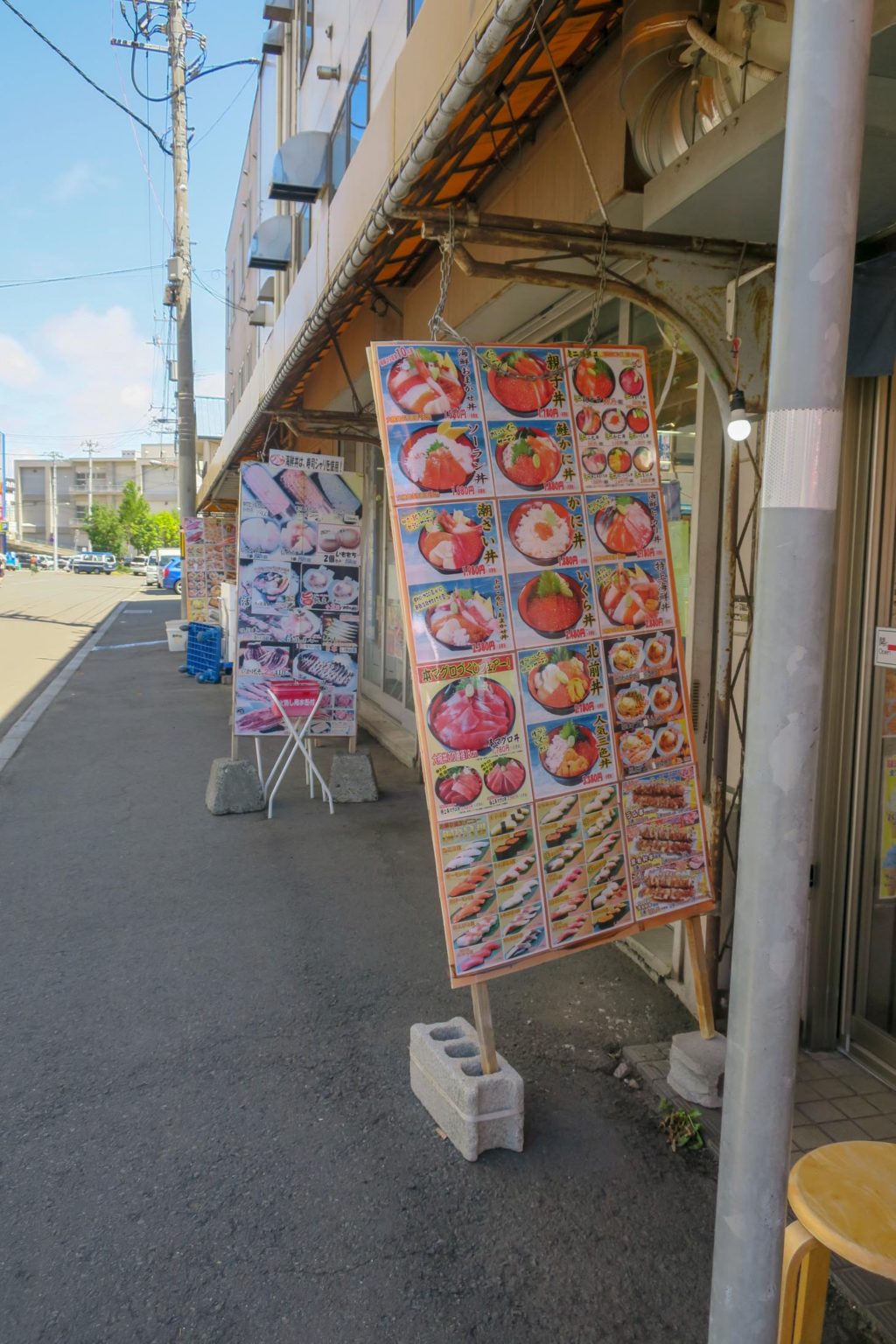
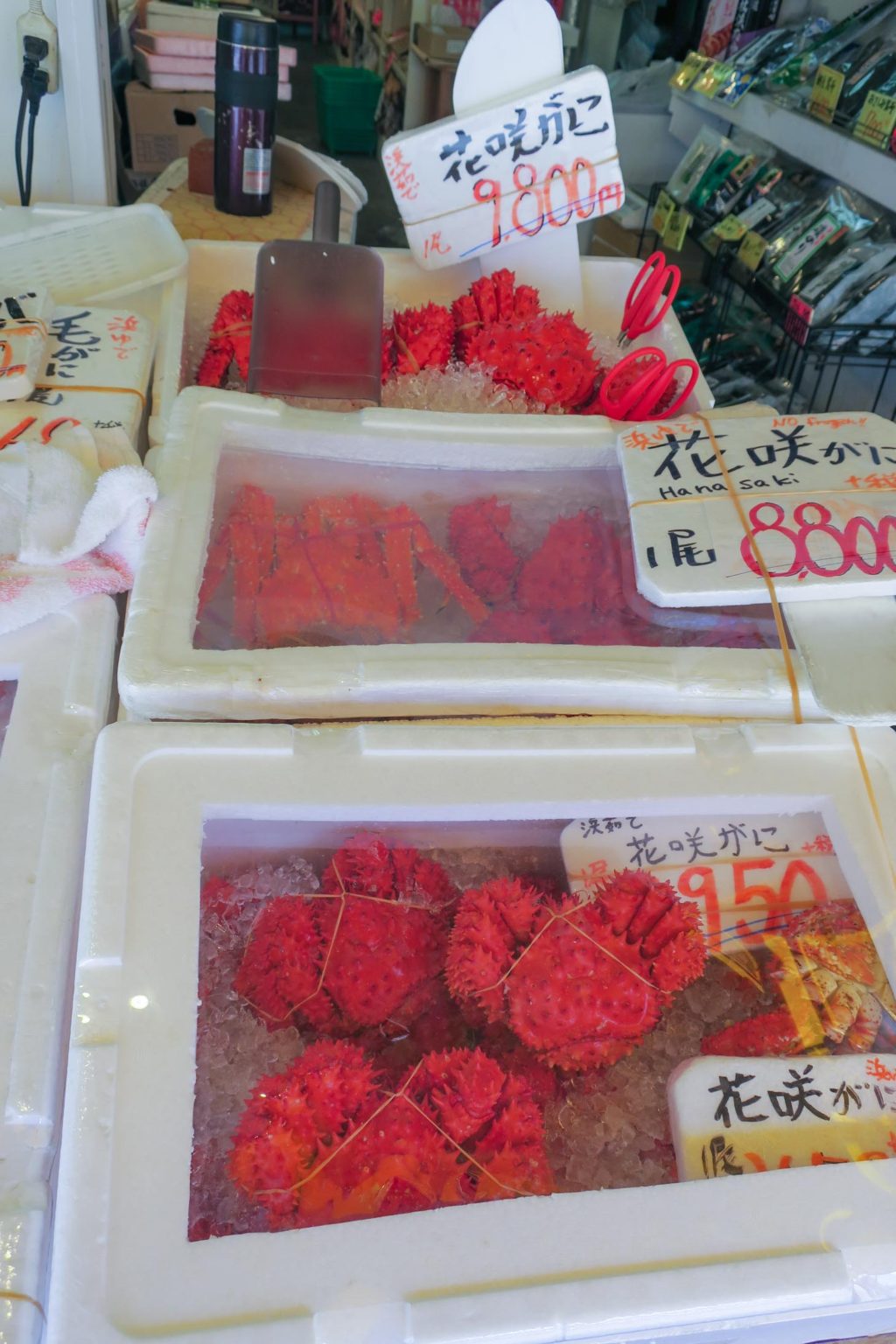
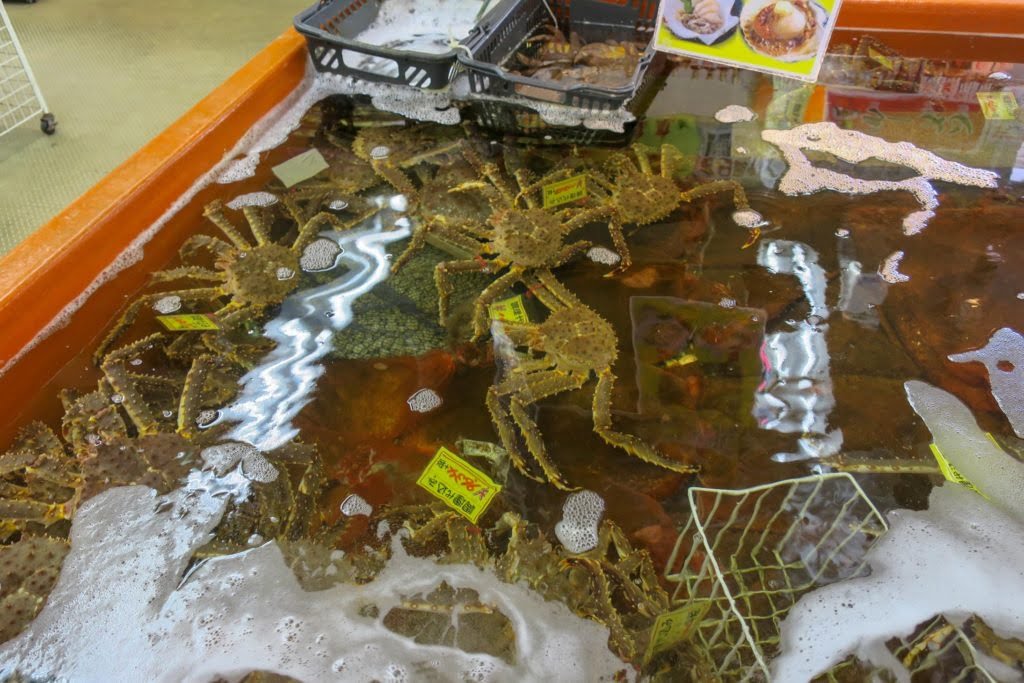
If you want to take photos of their seafood, please ask first. A few vendors politely declined, and when I finally got a yes he told me he only said yes because I asked first, and he usually stops people snapping away without asking. Taking photos in shops in Japan is usually a no-no, so it’s best to ask and respect their wishes.
Historical Village of Hokkaido
The Historical Village of Hokkaido is an open-air museum of a full-scale town from the late 1860s to the early 1920s. I didn’t make it to this one and I WAS PISSED. I love history, historical museums, and the peak of this pyramid for me is recreated historical towns. Don’t ask me why, and don’t judge, but I just fucking love them. I was bummed that I didn’t check closely and missed out on this due to it being closed on Mondays. There is also a big museum nearby that I would have loved to visit too. This is on the list for next time but I wanted to share so no one else misses it like I did!
What I Ate
This is always my favorite part of a trip – exploring a city’s food culture. While Sapporo is most famous for hearty winter fare like soup curry, Genghis Khan (their name for lamb bbq), crab hotpot, and steaming bowls of miso ramen, most of it is either pretty expensive, not great for solo travelers, or not gluten-free.
Hokkaido is also famous for it’s “Hokkaido Melon” which is a really expensive and delicious cantaloupe. I don’t love fruit, so I just tried it in soda form:

I had mostly gluten-free meals, including the soba and donburi meals shown in the previous section, but I busted out the enzymes to take down two bowls of specialty Hokkaido ramen. I just couldn’t leave without trying them!
Aoi Sora Organic Cafe (Vegan + Gluten-free Friendly)

The name means ‘Blue Sky’ and fits well with the bright and airy interior. They offer vegan, gluten-free, and refined sugar-free fare. It was pretty busy when I showed up for lunch, so as a solo diner I ended up at a kind of crappy seat facing the wall. There’s a big communal table bathed in light from the huge front window, a couple smaller tables, plus a cute little table for two outside. However, the service was really warm and friendly. They can speak English.

I had the lunch set for 1,450yen and a rice milk latte which was 500yen because I ordered lunch as well. Both were delicious. My favorite part was the kabocha croquette!
Ganso Yokocho – Ramen Alley

This famous Susukino hotspot is a teeny tiny alleyway crammed with little ramen shops. Said to be the birthplace of miso ramen, Ganso Yokocho shops now serve up steaming bowls of all kinds of ramen to the hungry party crowd. Some shops don’t even open till 10pm!

I want to be transparent here, so I’ll tell you guys what really went down when I went here. I made my way through the late-night revelers and into the alley and was absolutely overwhelmed with the crowed crammed into the alley – mostly men, mostly drunk, all loud, all staring at me, and some jeering. I looked into a couple shops and the chefs screamed MANSEKIIIIII (we’re full) at me before I could say anything, even though I could clearly see seats open. I got jostled around by yankii dudes pushing through the lines. I was shook, and ended up walking away feeling defeated. (Honestly, I can deal with this style in other countries but it’s so un-Japanese that I was really taken aback.)
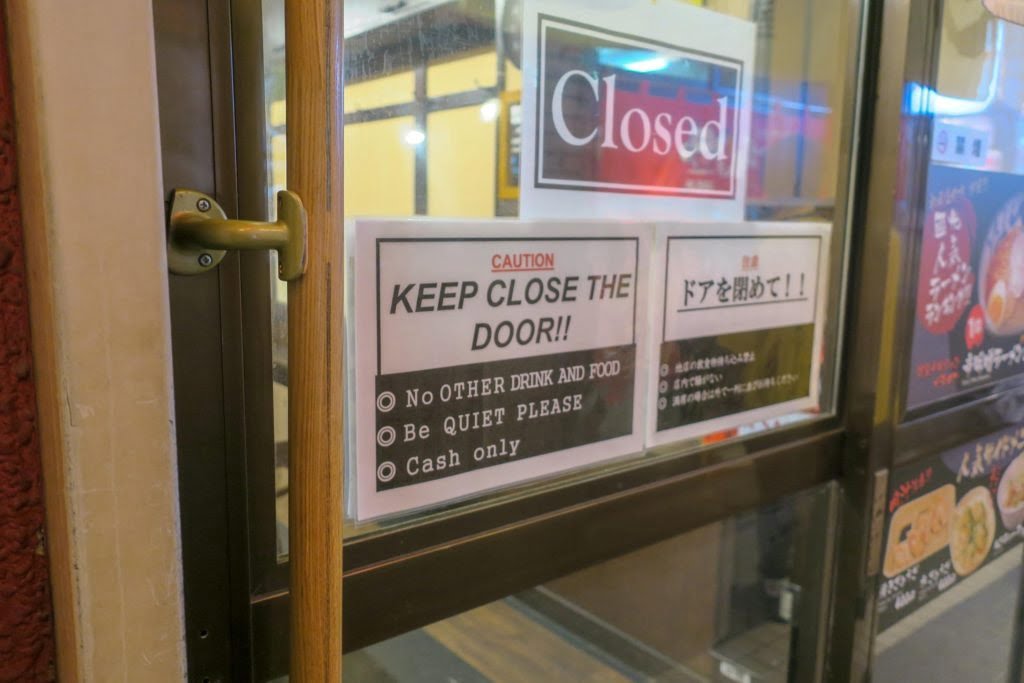

I looked up a proper ramen restaurant near a station a stop away and set out dejectedly, but still looking forward to a bowl of ramen. When I got there, it was closed for some reason despite Google Maps insisting it would be open another three hours. I took this as a sign, straightened my face up and marched back to the subway.
I was eating in that fucking ramen alley whether those guys liked it or not.
On the subway I looked at reviews of shops and decided on Aji no Karyu, a shop made famous by Anthony Bourdain’s visit in 2011. I wanted to get a butter corn ramen since that’s something only in Hokkaido. I walked back to the alley, walked straight into the shop, sat down and asked the guy for a menu in Japanese. His face perked up and he started asking me where I was from, how I can speak Japanese, etc. He told me he’s grumpy when he sees tourists, because they come in his shop and get angry when he can’t communicate easily with them, and they speak fast complicated English and always want substitutions on their orders (not really a thing in Japan).
There are “no photos/videos” signs in many languages all over the shop yet I saw tourists in there just ignoring it and having a 10-minute photoshoot with their ramen while people waited in line to get in. I started to understand his frustration. I asked if I could snap one photo of my soup with my phone, and he told me “go ahead”. This is my only photo from inside the shop.

After I slurped up my ramen and thanked the chef, I victoriously headed back outside. I saw this on the door:

and it reminded me to check out this video of Anthony Bourdain at the shop. I sat in his seat!! Cool experience and I’m glad I went back and got what I wanted. However, I honestly would not recommend this alley for families (especially not with strollers as there is no room at all for them) or those using mobility equipment. (See Ramen Republic, below, which can accommodate everyone.) Be aware most of these places have a reputation for gruff service and seem a bit sick of clueless tourists…can you blame them??
Sapporo Ramen Republic

“The ramen alley for everyone” – Ramen Republic is located on the 10th floor of the ESTA Building, which you can access from Sapporo Station (look for the signs for ESTA and then head up the elevators). The entire 10th floor is all restaurants, with a special corner for the Ramen Republic.

There’s several ramen shops here and the decor is an old-school town centered around a train line. I didn’t really “get” it, but it was fun and cute. If you have trouble with vision in low light, you’ll want to bring a small light to read menus. The restaurants are a bit dark.

I made a beeline for Ajisai, who I heard had good Hakodate-style ramen (another one to check off my ramen poster). It did not disappoint!
Summertime in the City

Overall, Sapporo was an amazing place to visit in the summer. I thoroughly enjoyed the break from the disgusting heat and humidity where I live! It was quite windy at night and cooled down a lot, and I was kicking myself for not having a long-sleeved shirt or light jacket. Even in the summer, you’re still in the north!

I can’t wait to visit Sapporo again. It’s a cool city that offers a lot, and I recommend adding it to any Japan itinerary.
Go ahead and Pin it, you know you wanna!
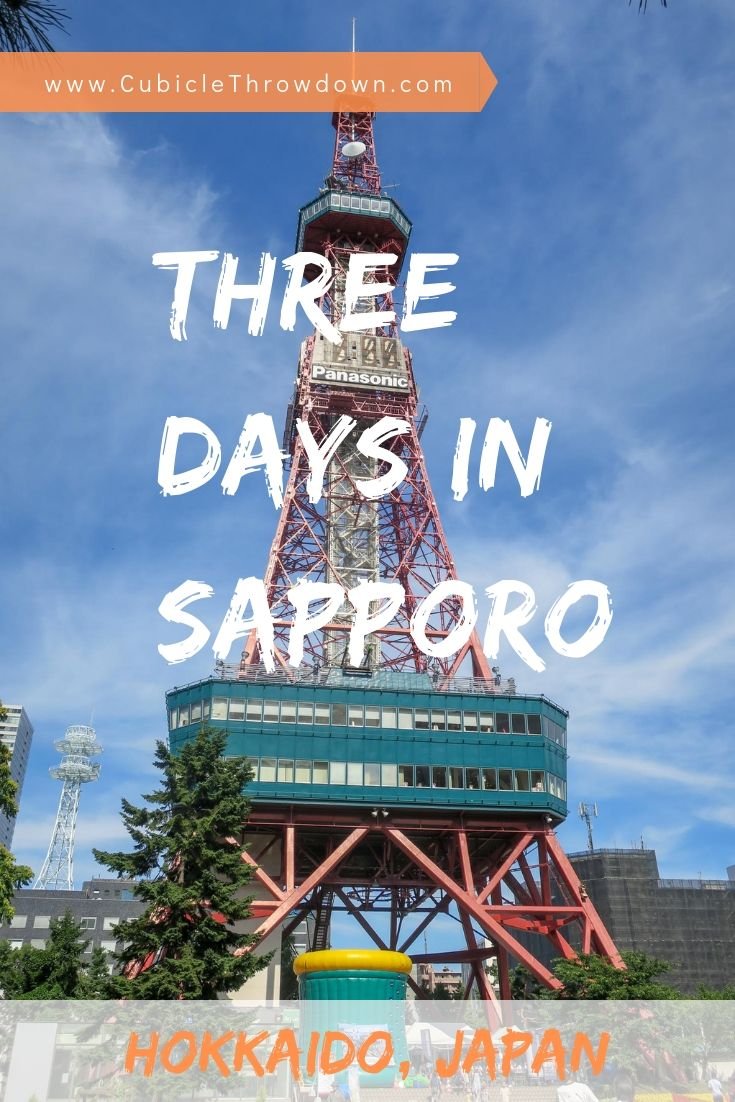
Want more Cubicle Throwdown in your life? Of course you do, you rockstar. You can follow me on Facebook, Twitter, Instagram, and Pinterest, if you like. You can also add me to your Bloglovin’ feed, or email me! If social media is not your jam and you just want my posts straight to your inbox, check out the sidebar and put your email address in the “Never Miss A Post” box. No newsletters or spam, just my posts – scouts honor. xo!
Rika, what a wonderful guide to Sapporo! Your three-day itinerary perfectly captures the essence of the city with a great mix of local cuisine, cultural spots, and unique attractions like the beer museum and the ramen alley. Your personal anecdotes add a lovely touch, making the reader feel like they’re exploring alongside you. I especially appreciated your practical tips on navigating the city and your restaurant recommendations. It’s clear you’ve got a knack for finding the best spots! Thanks for sharing this gem of an article; it’s definitely a must-read for anyone planning a trip to Sapporo.